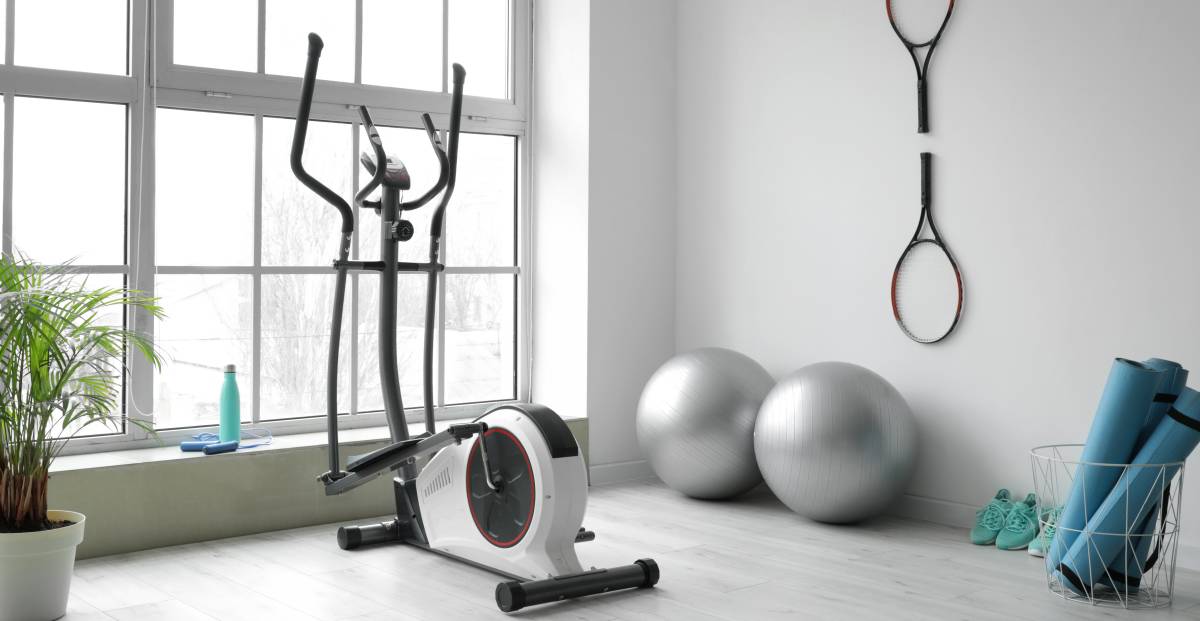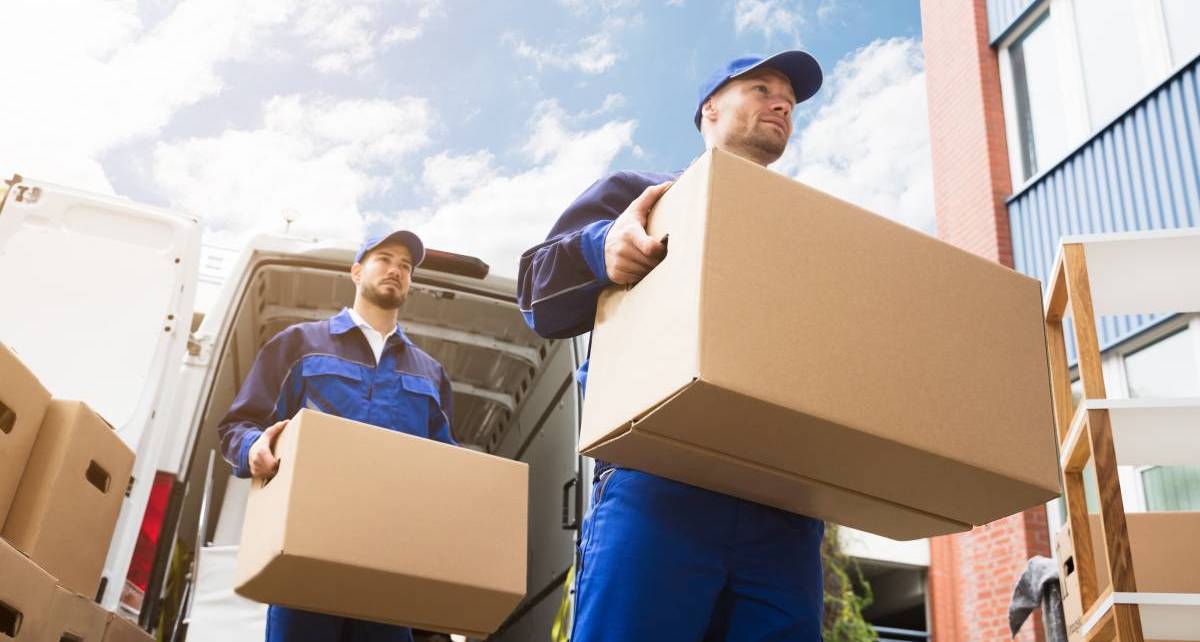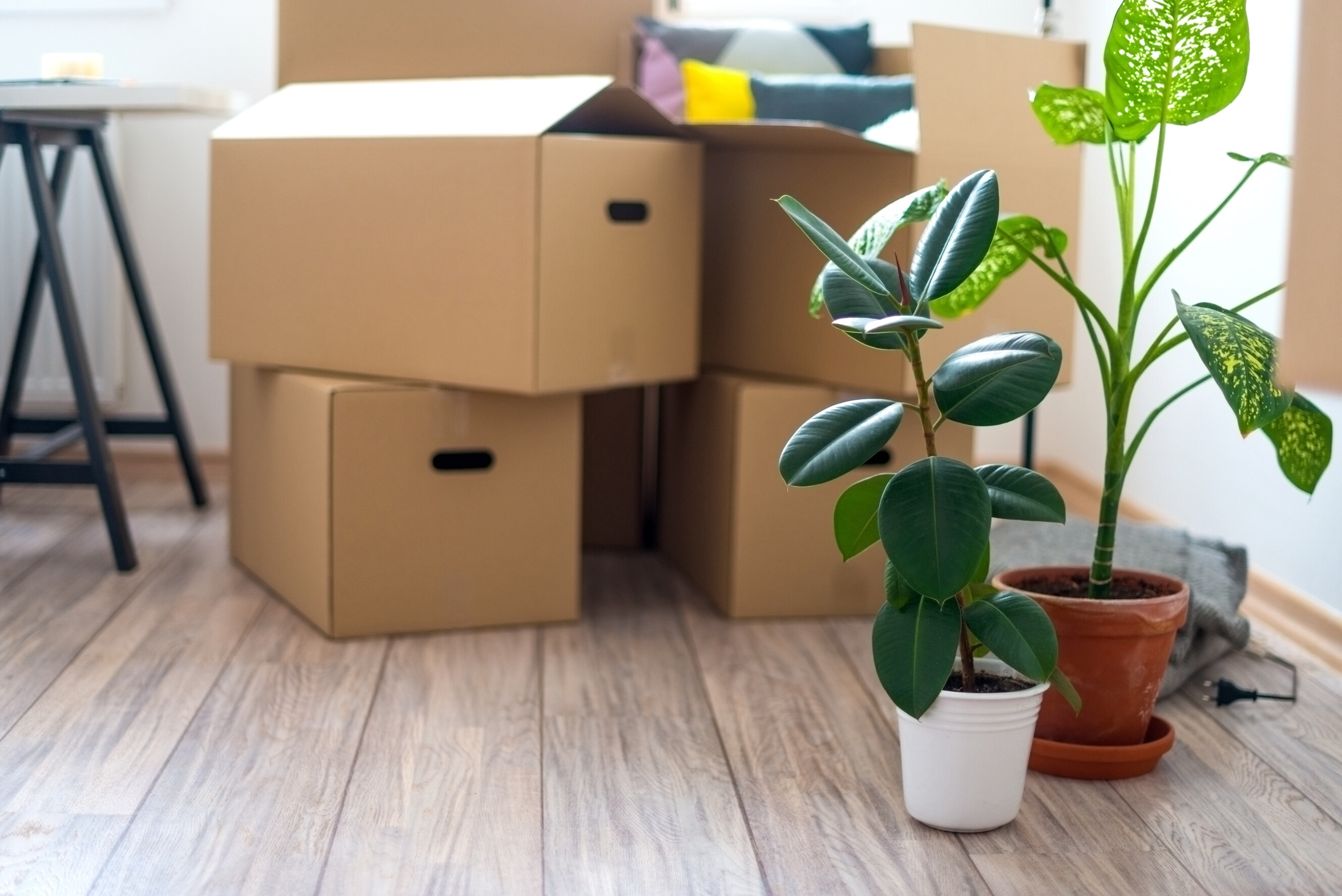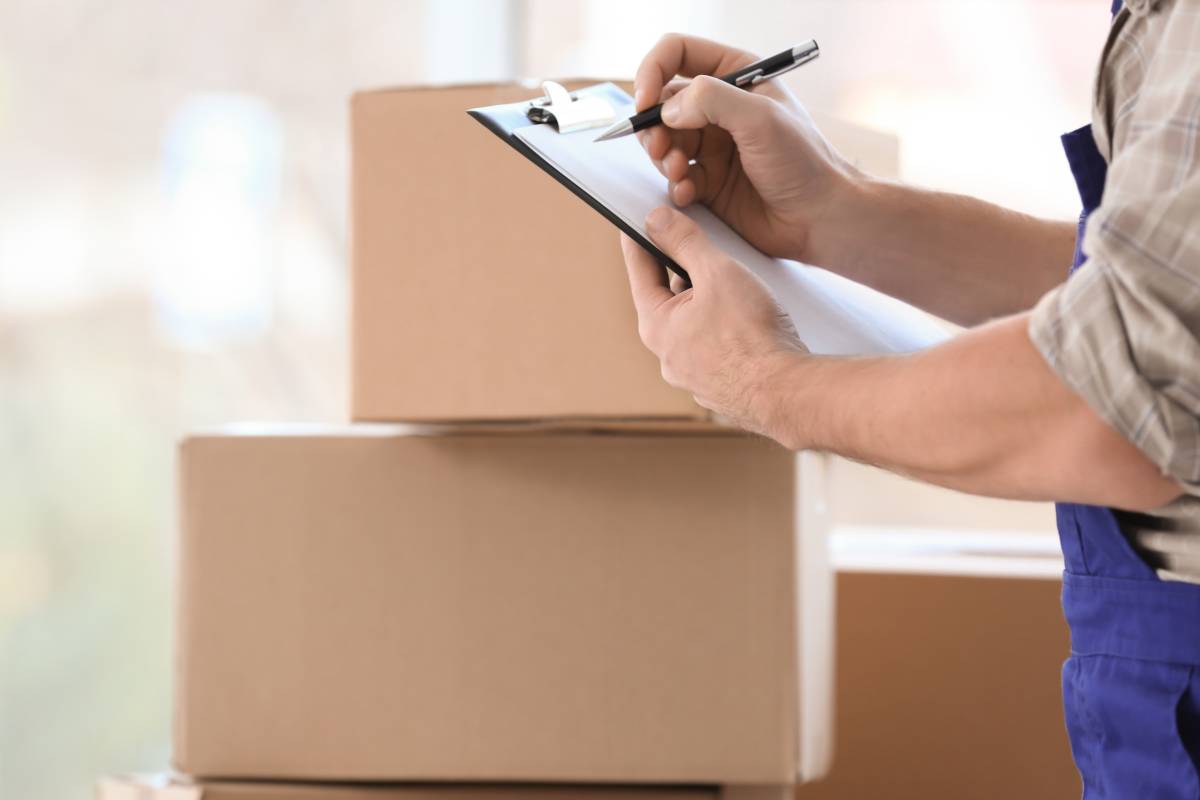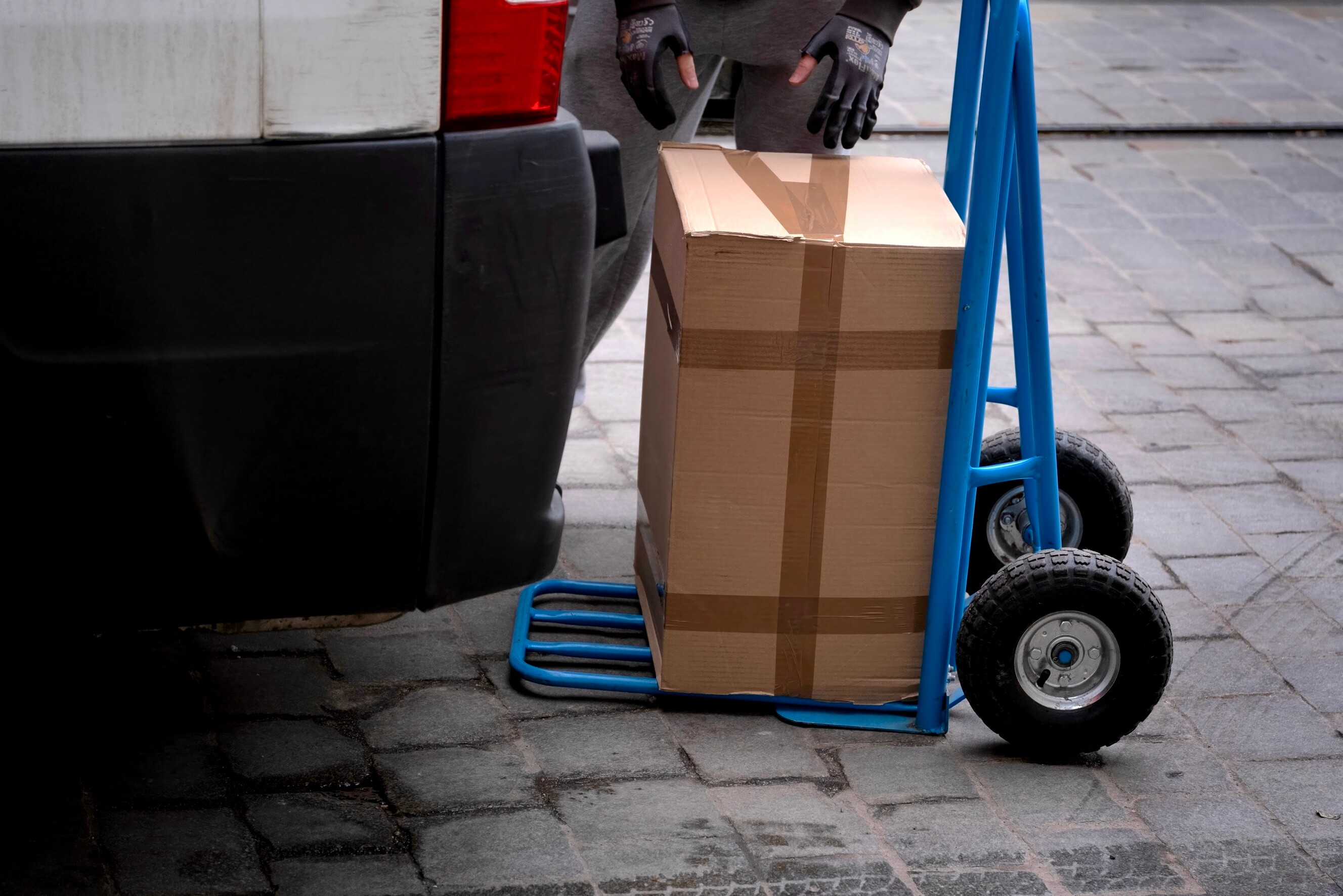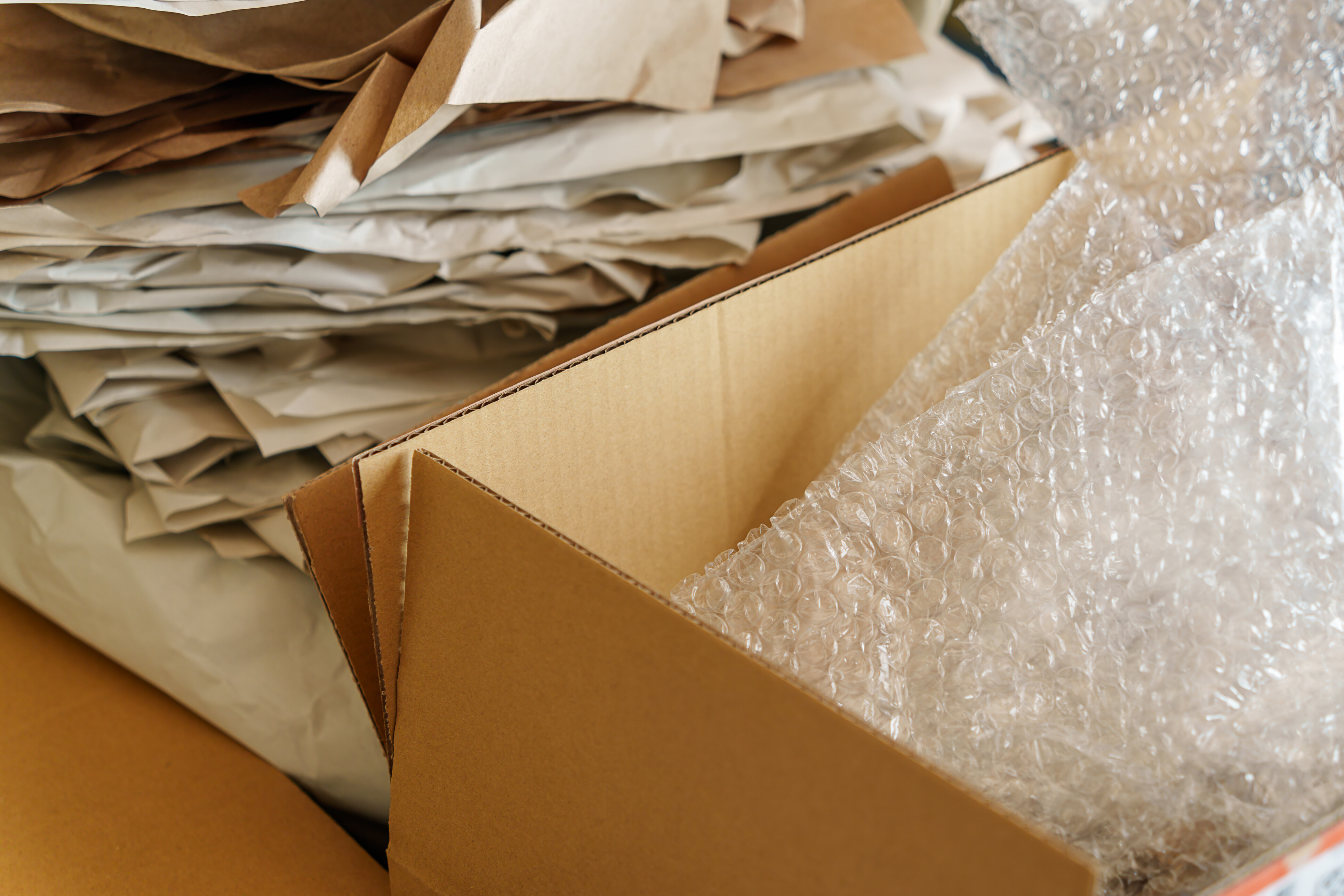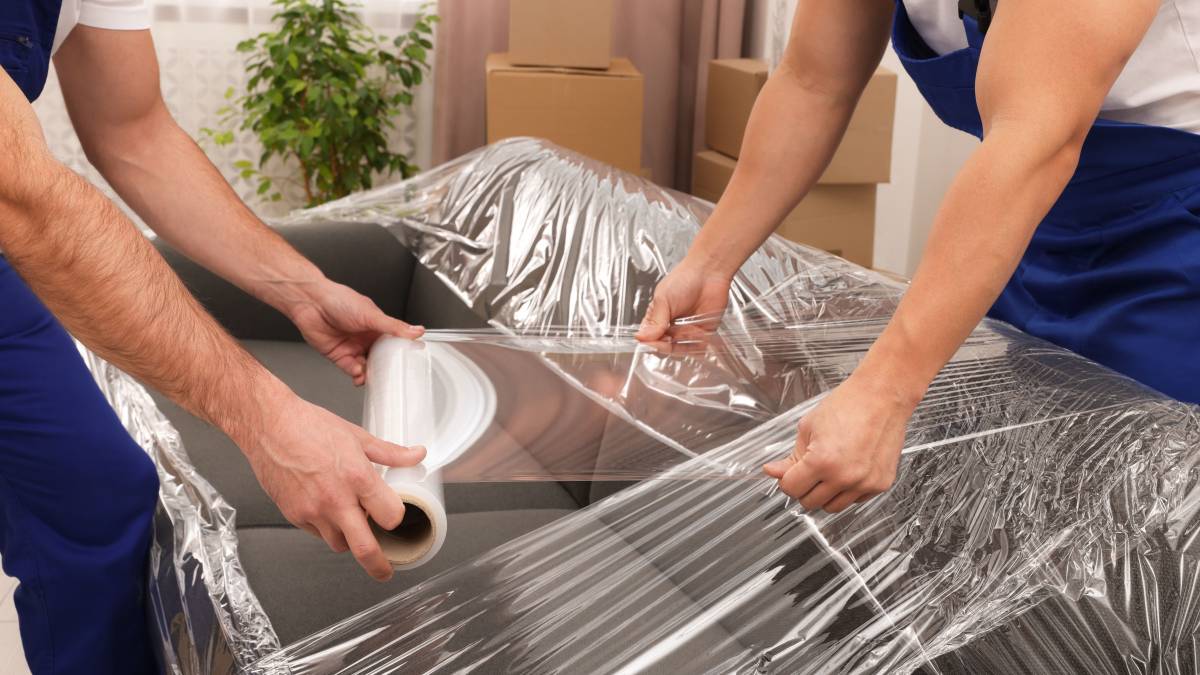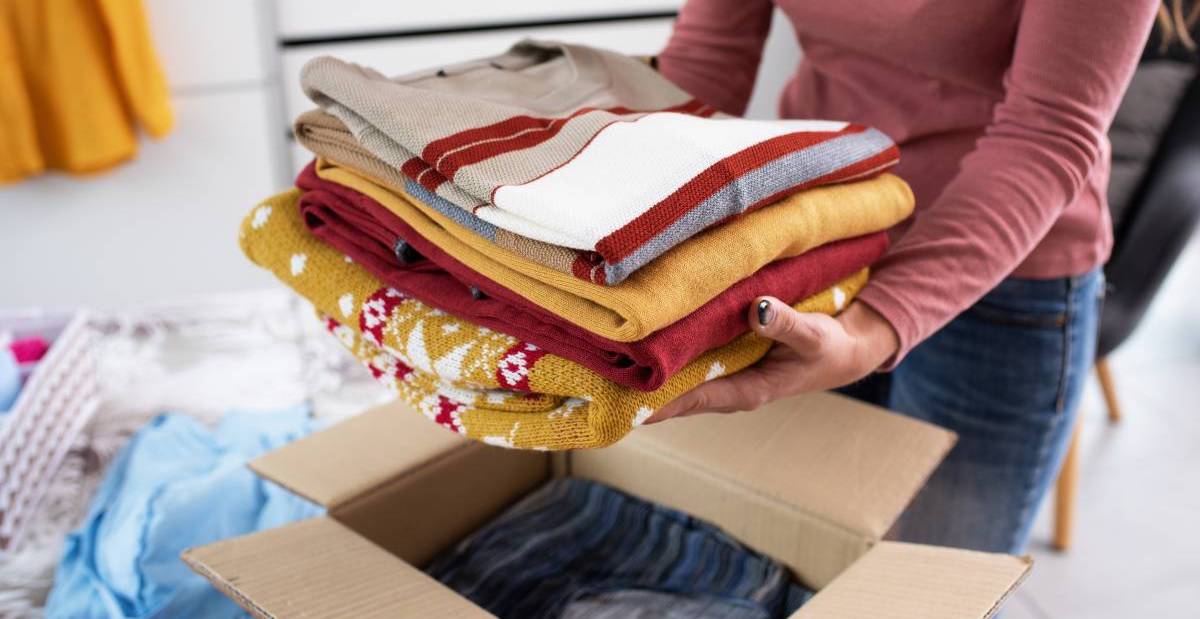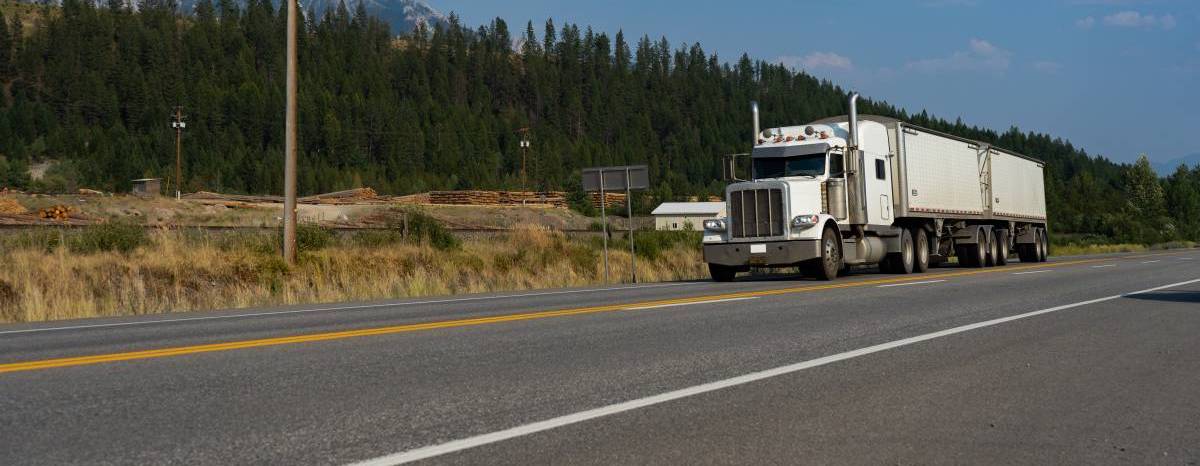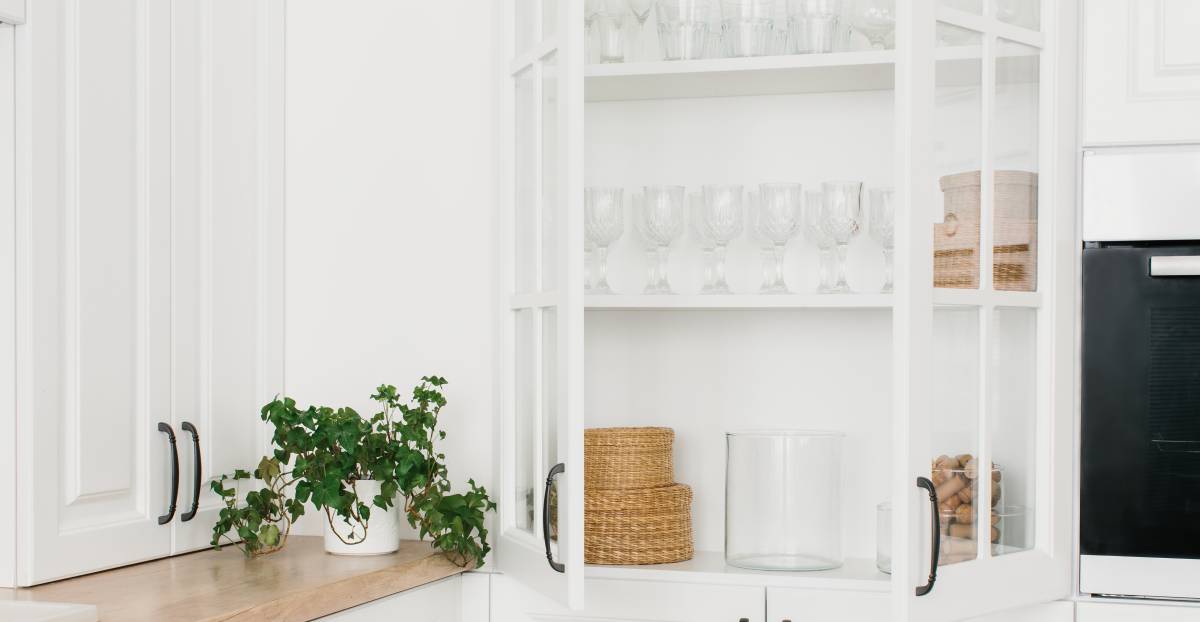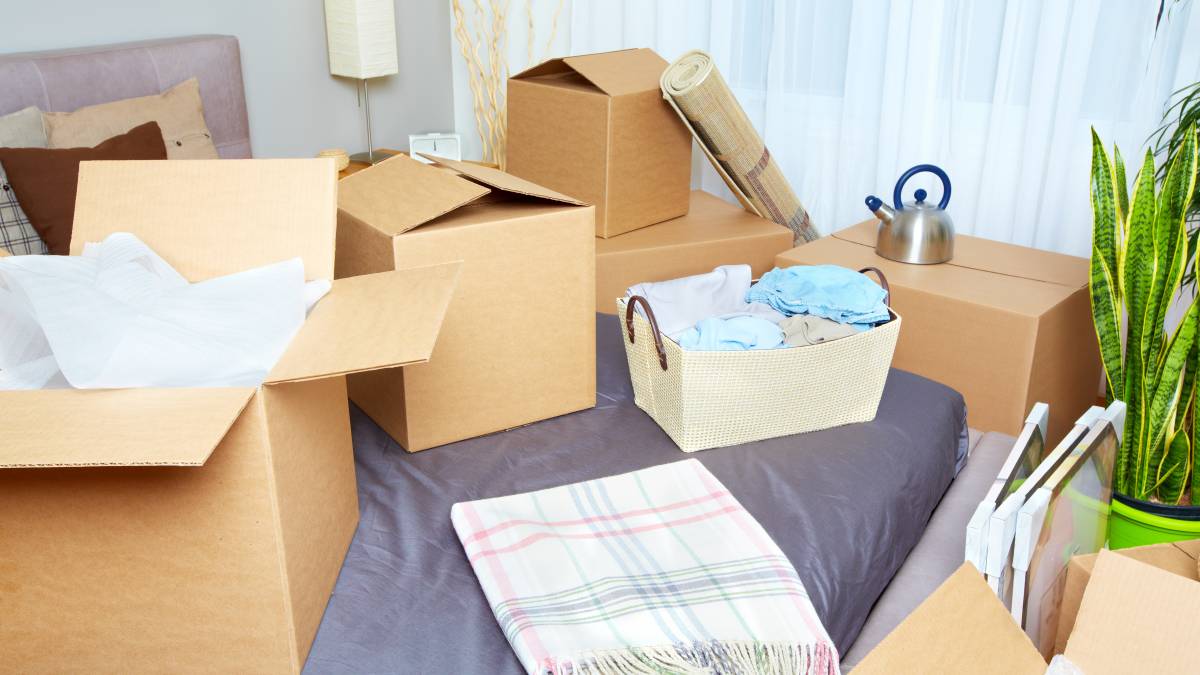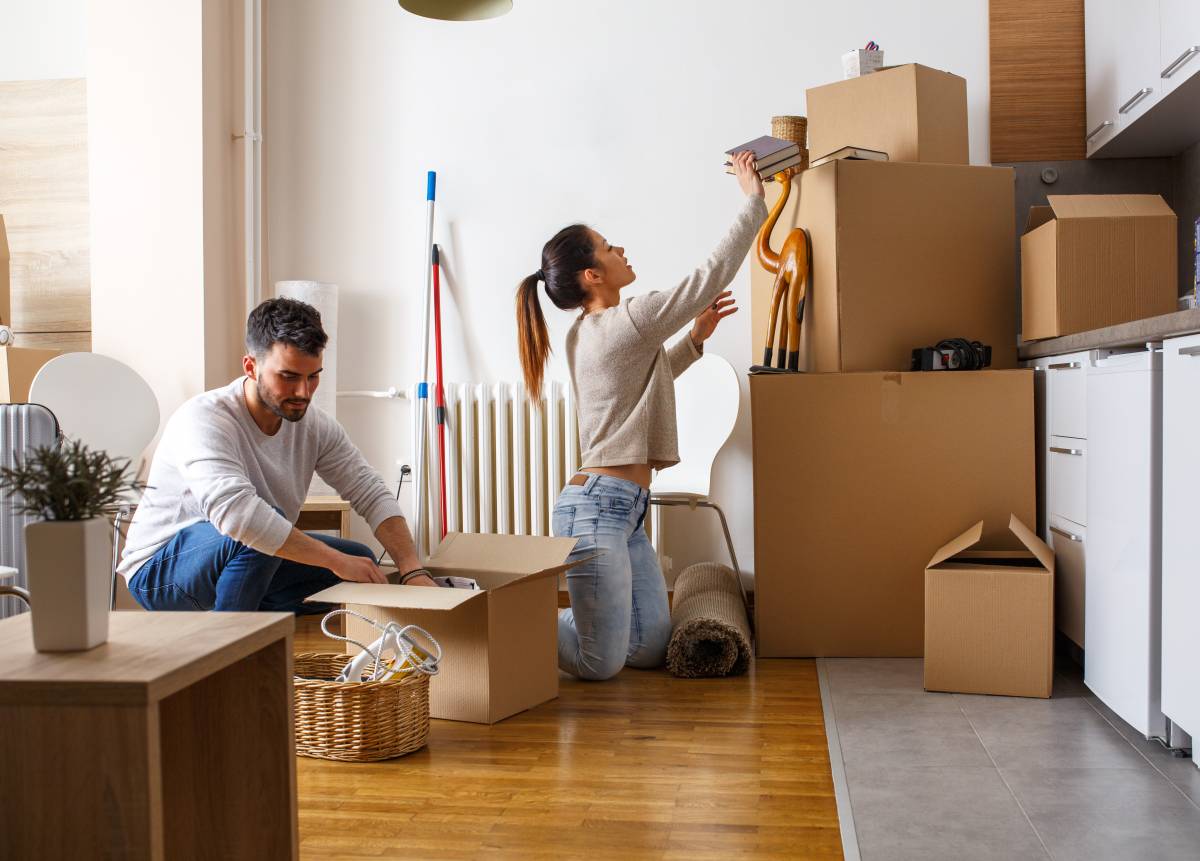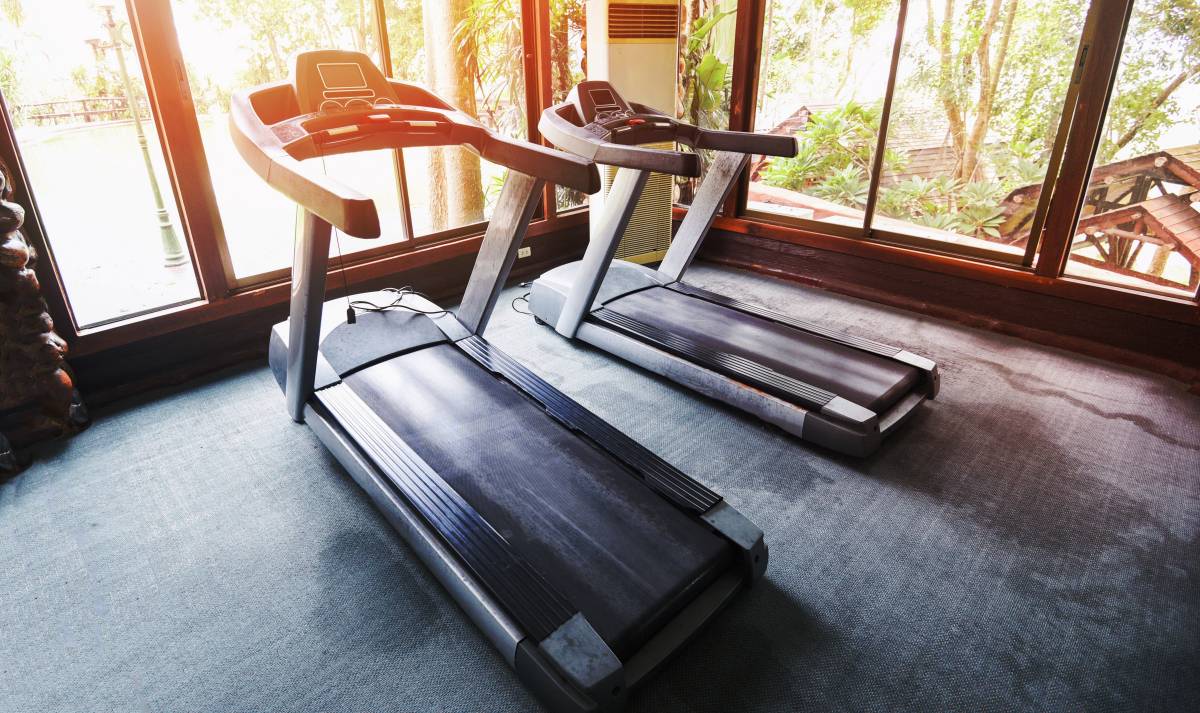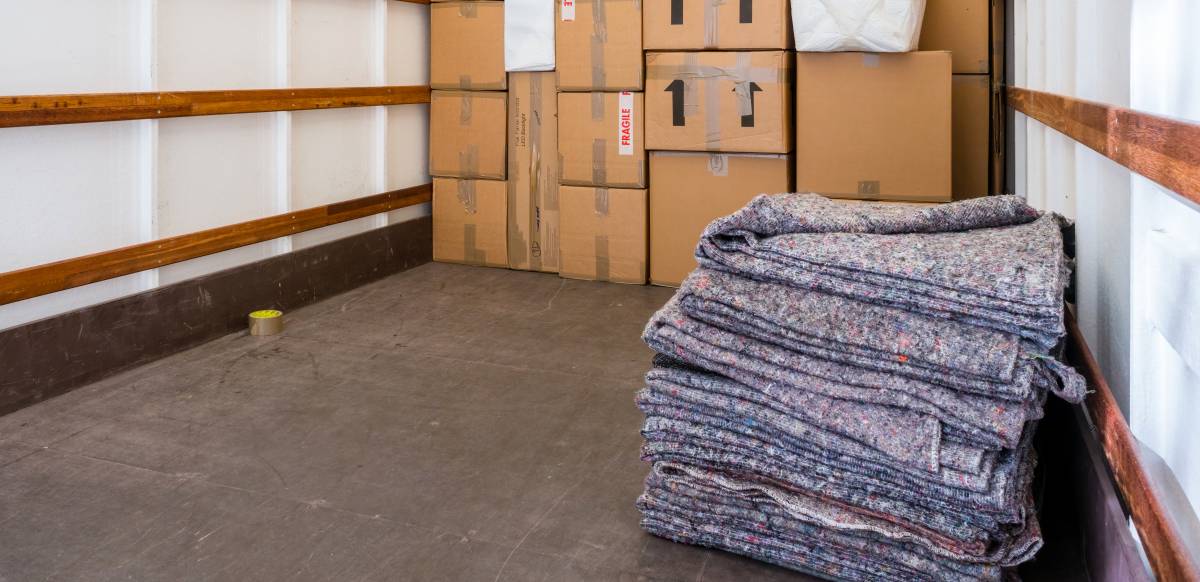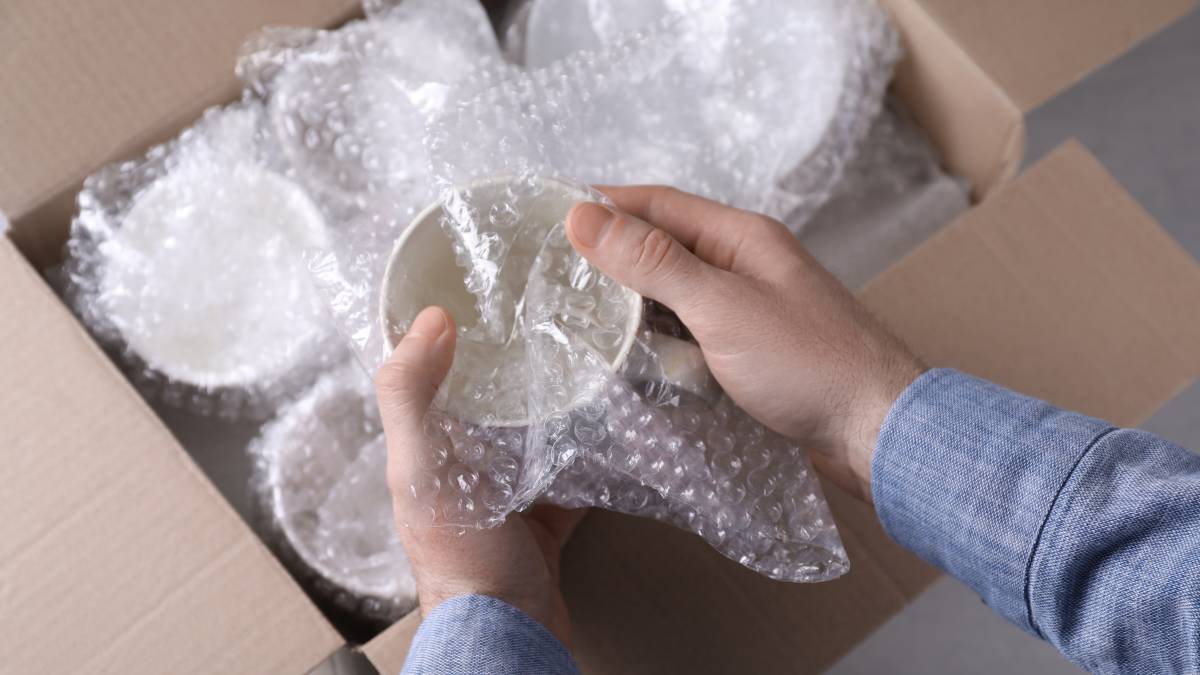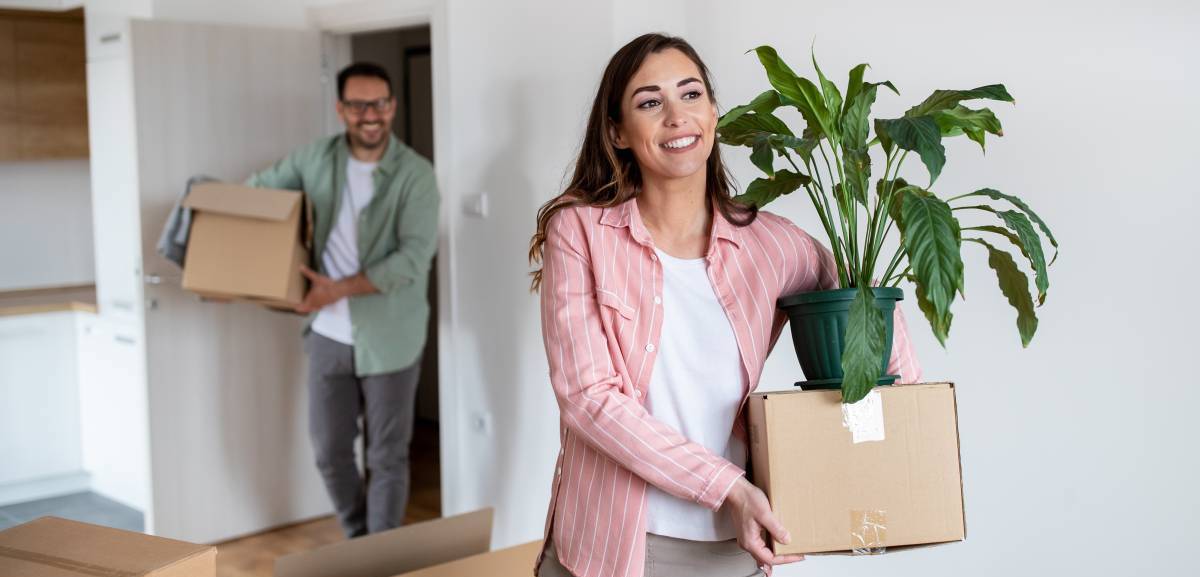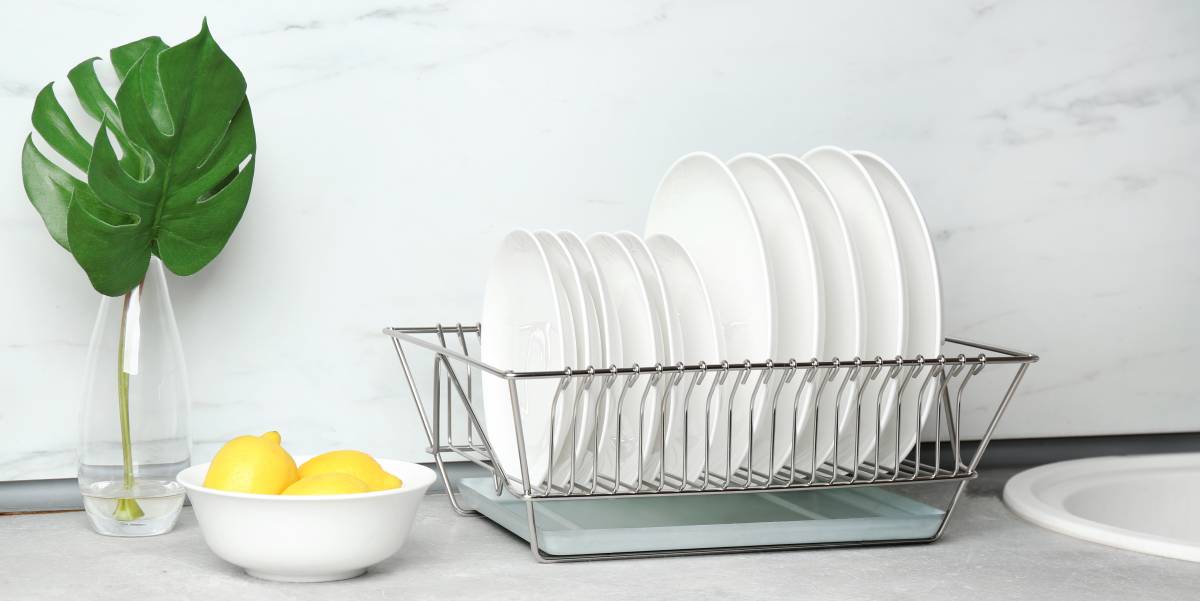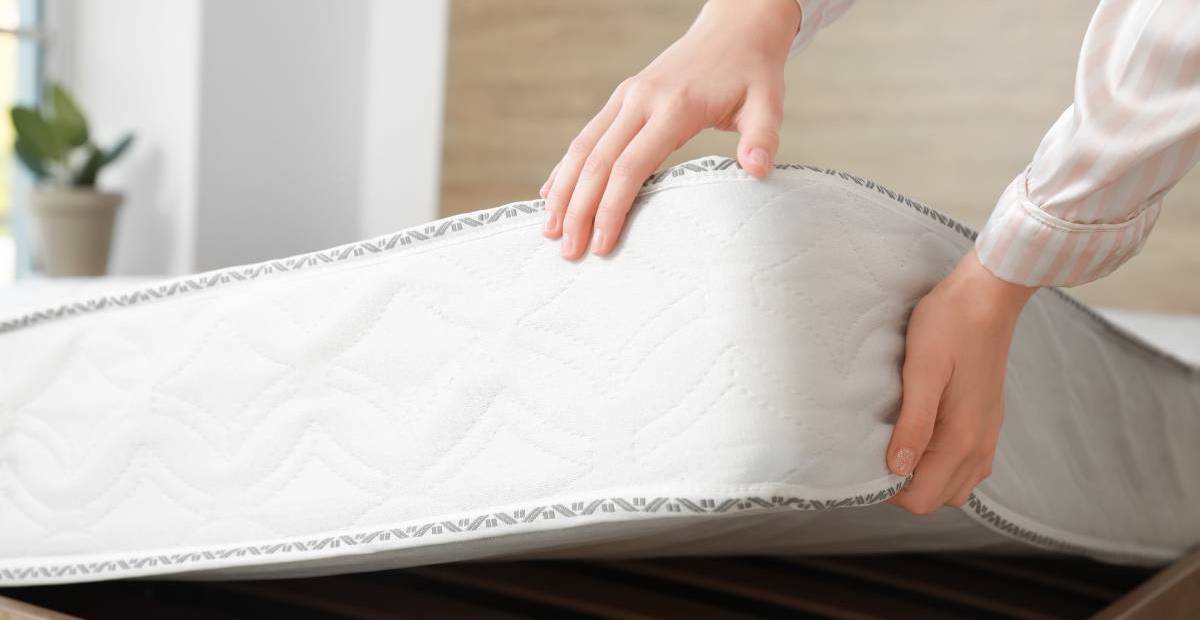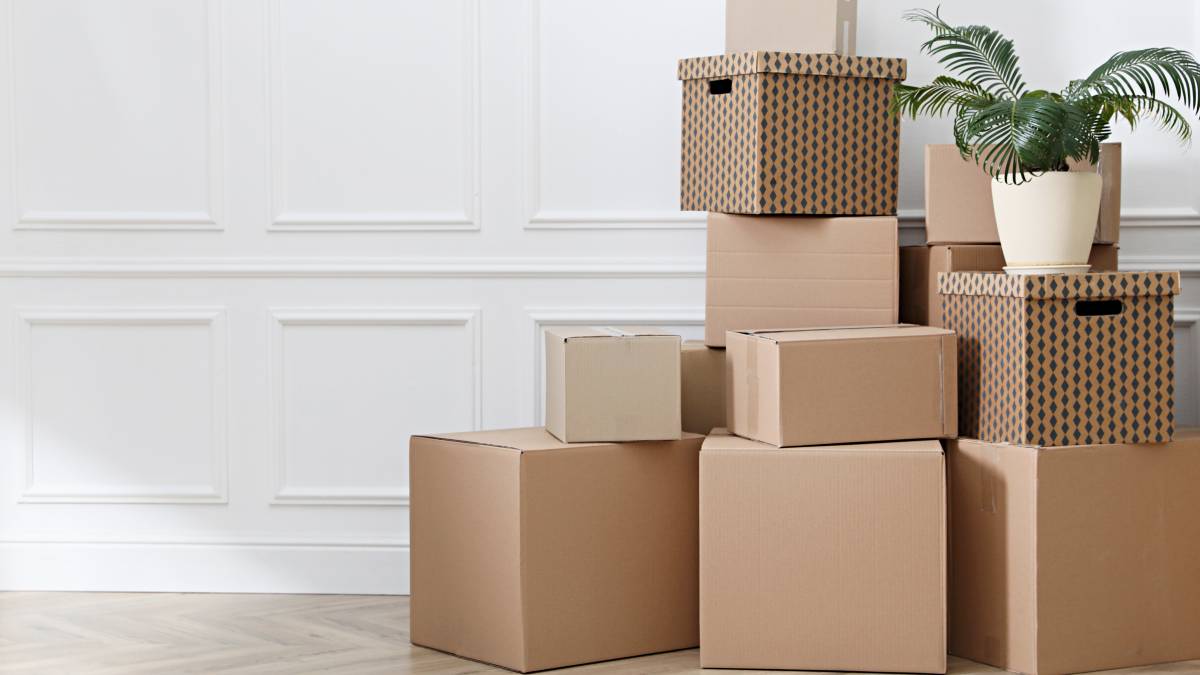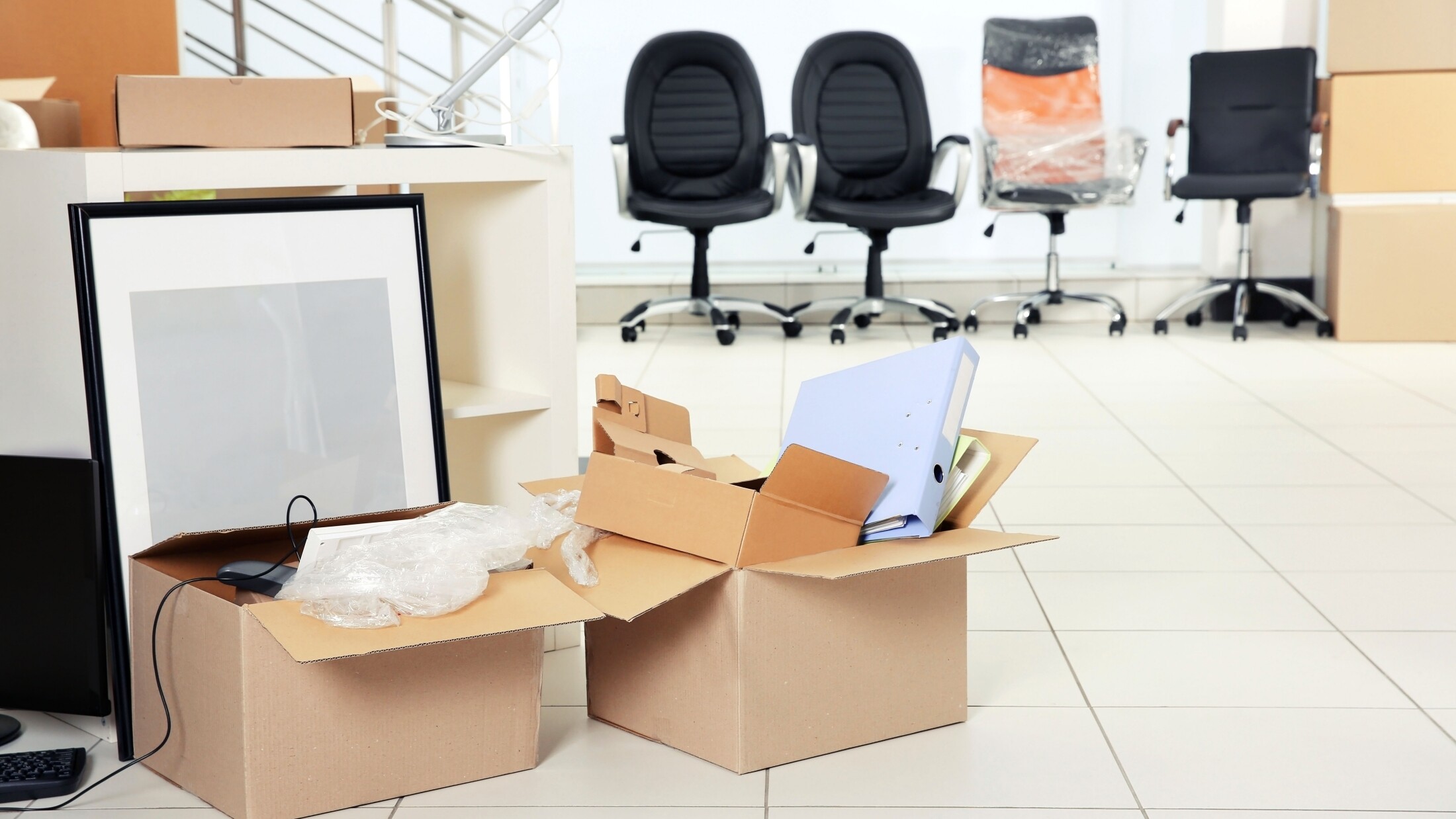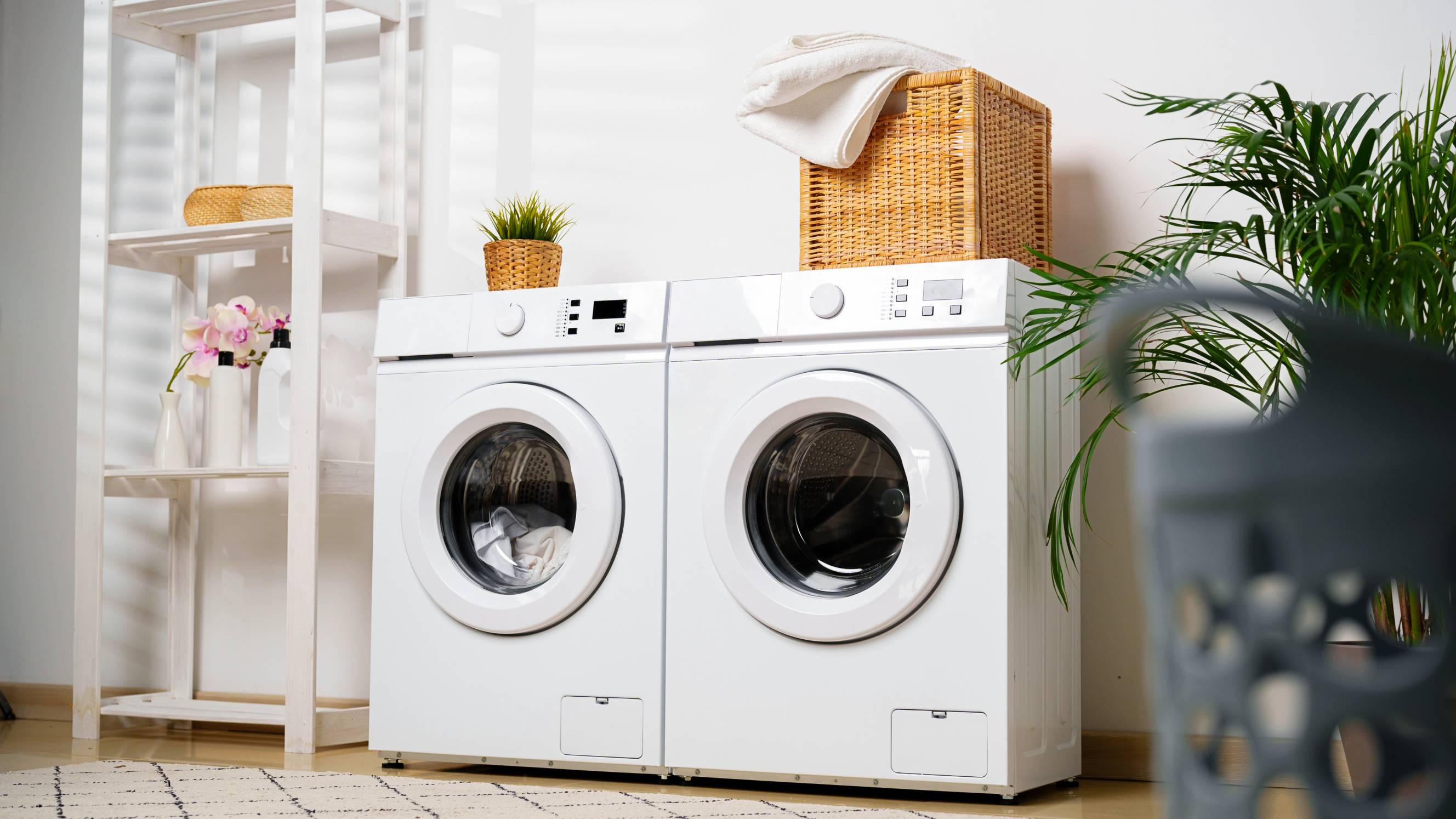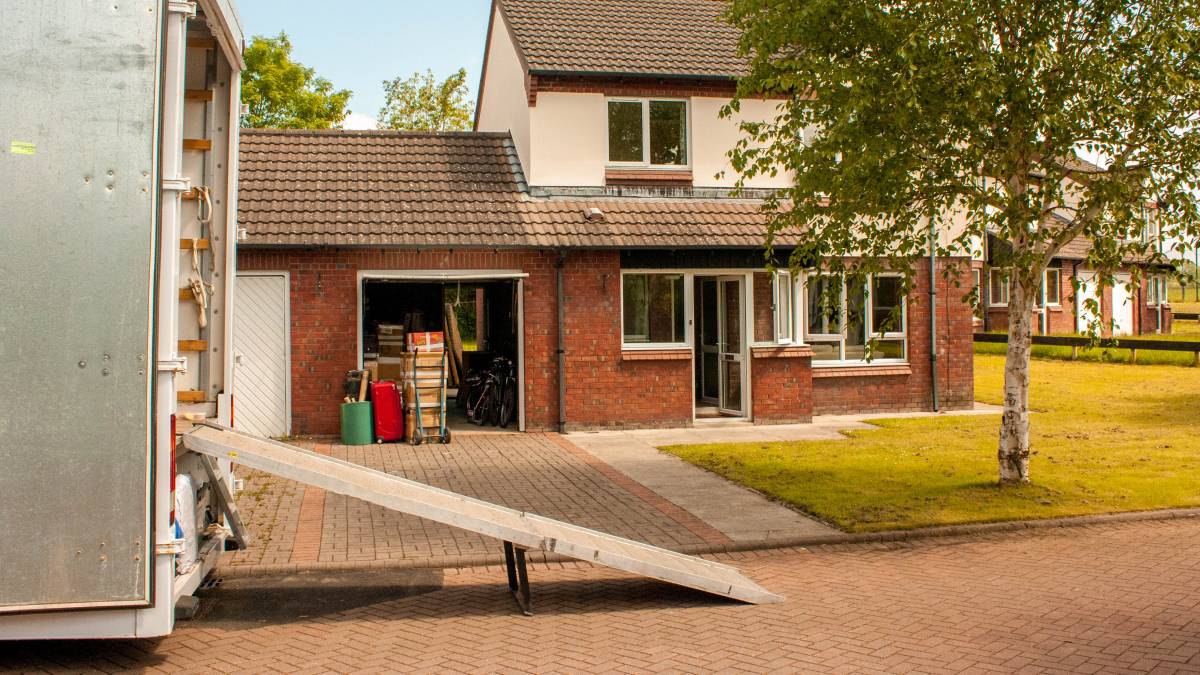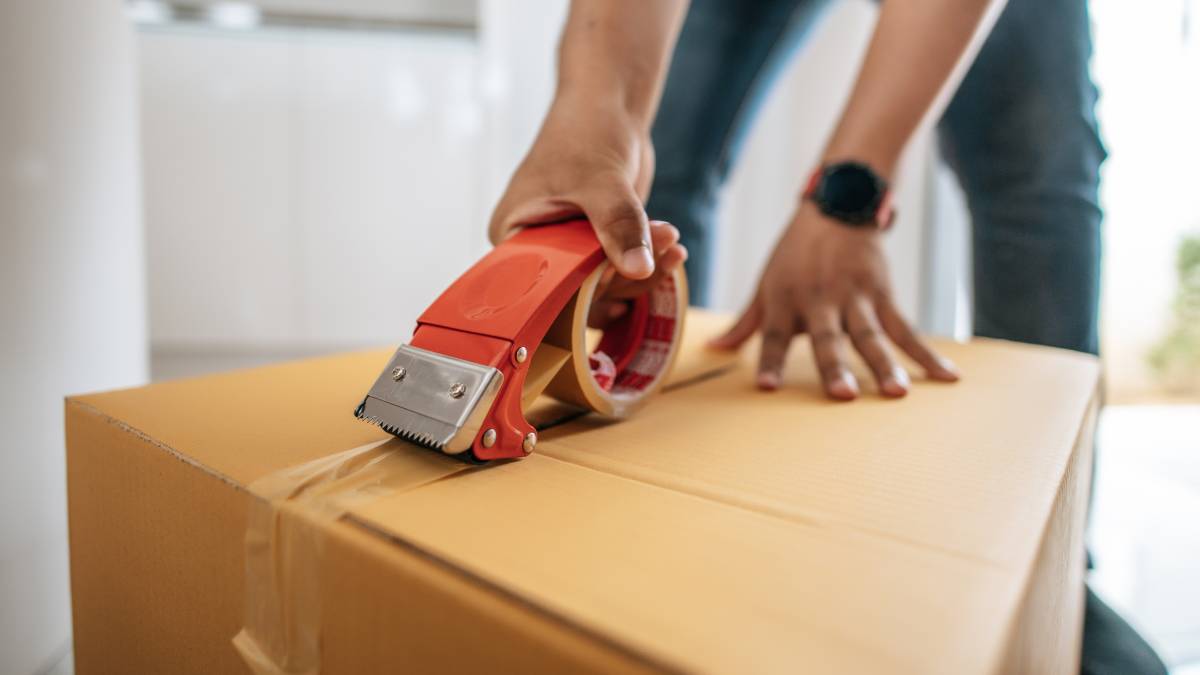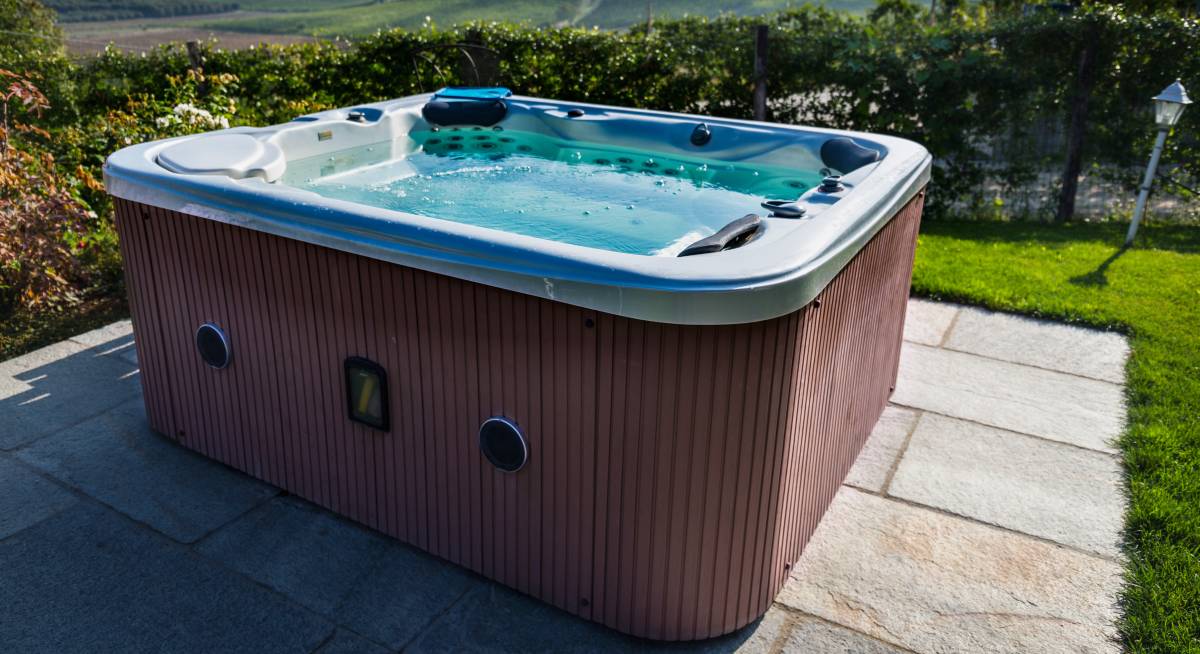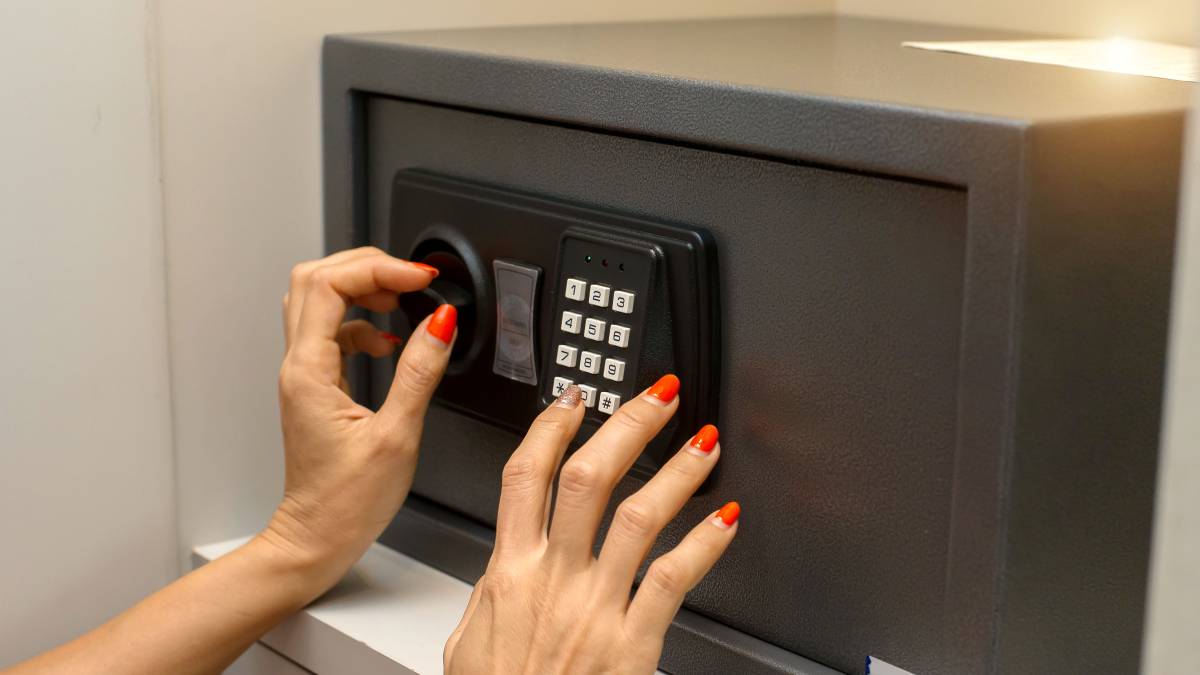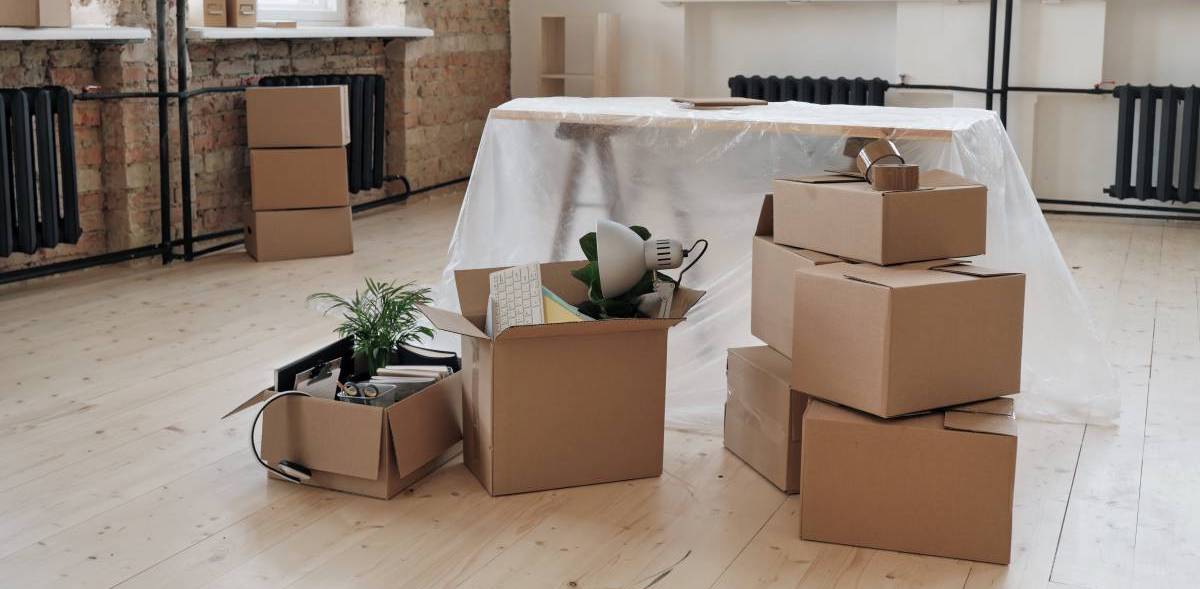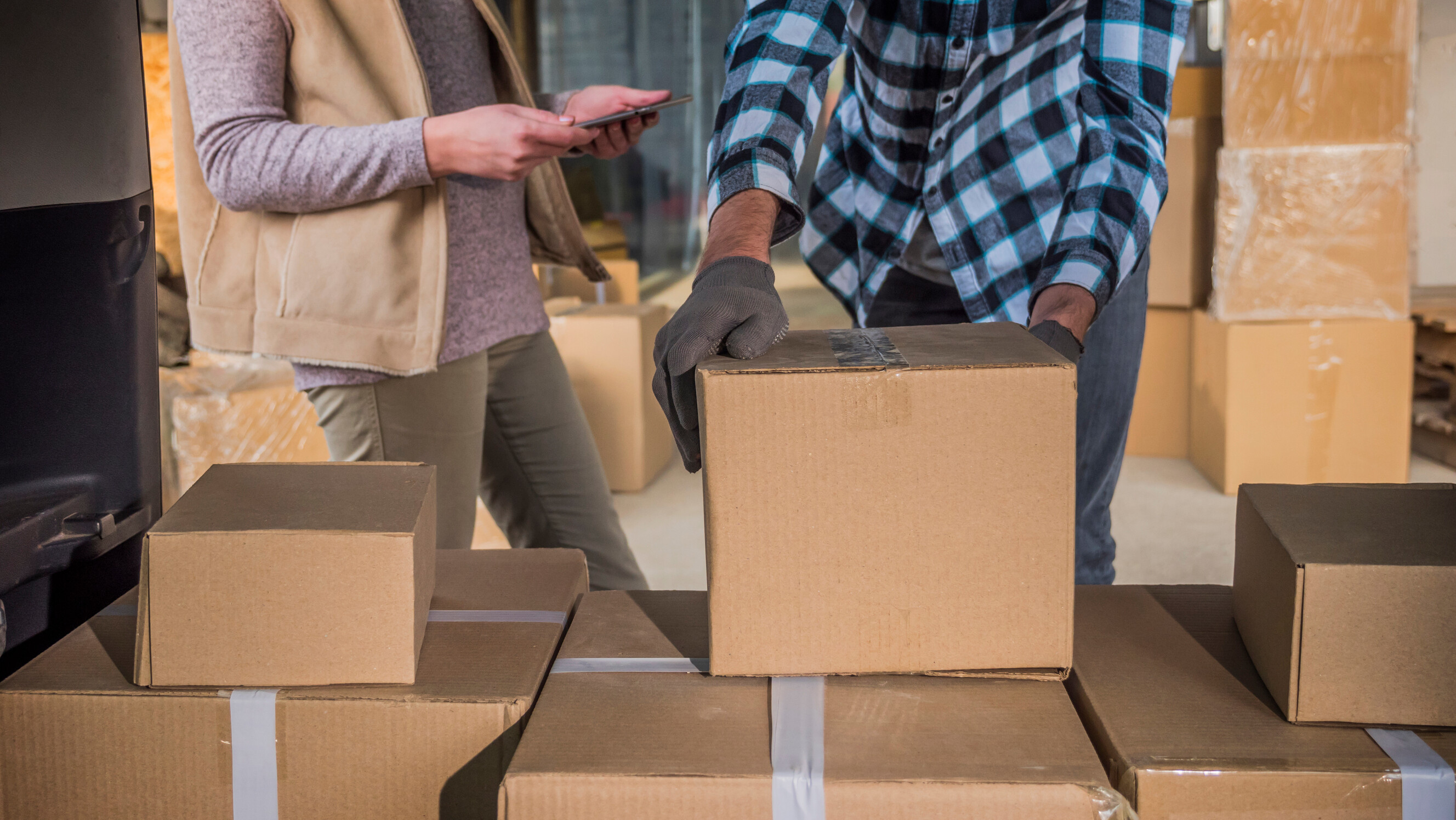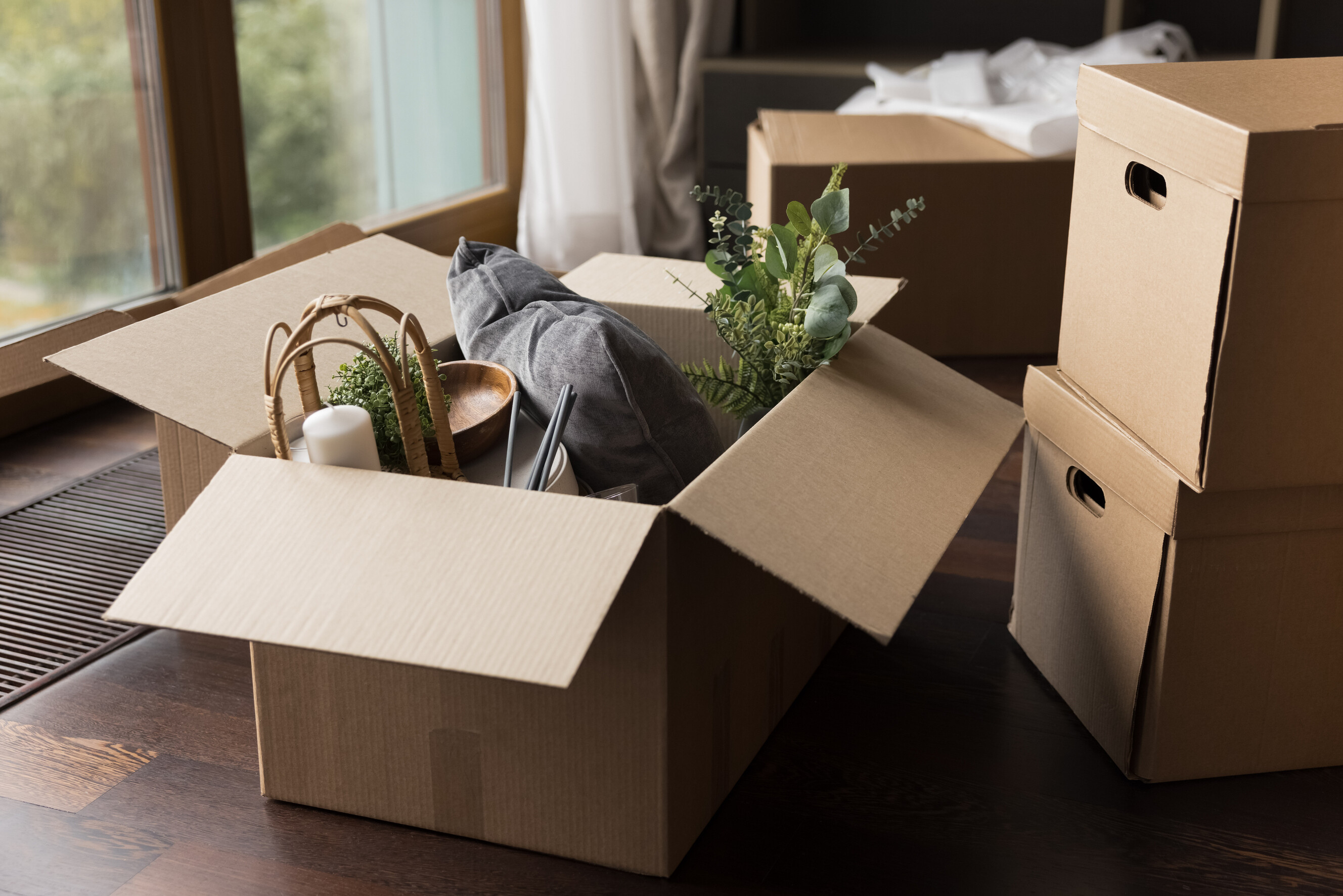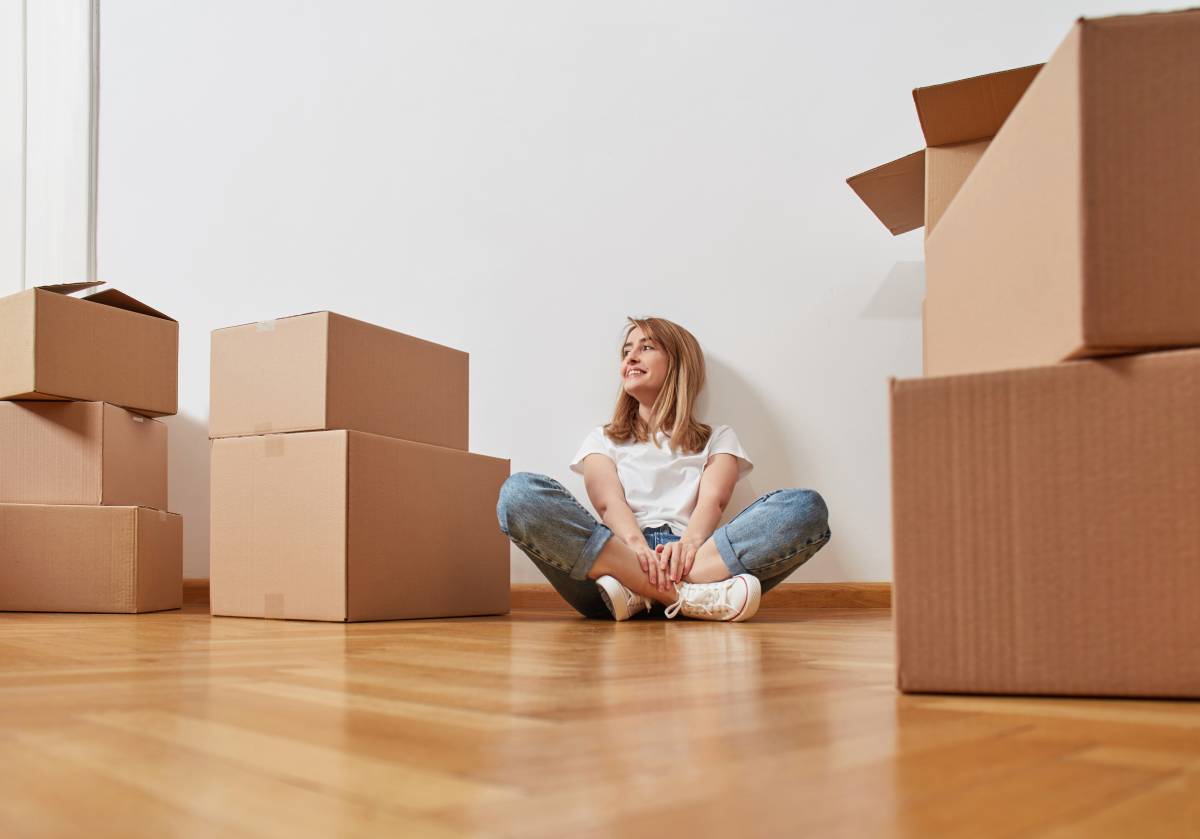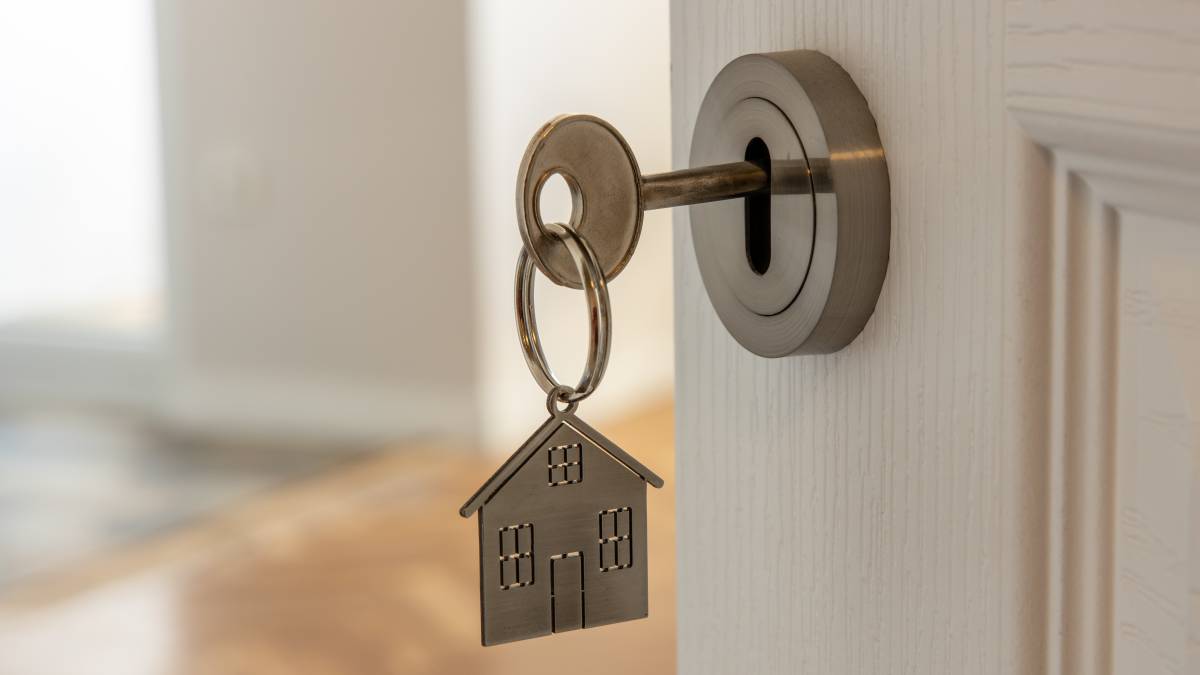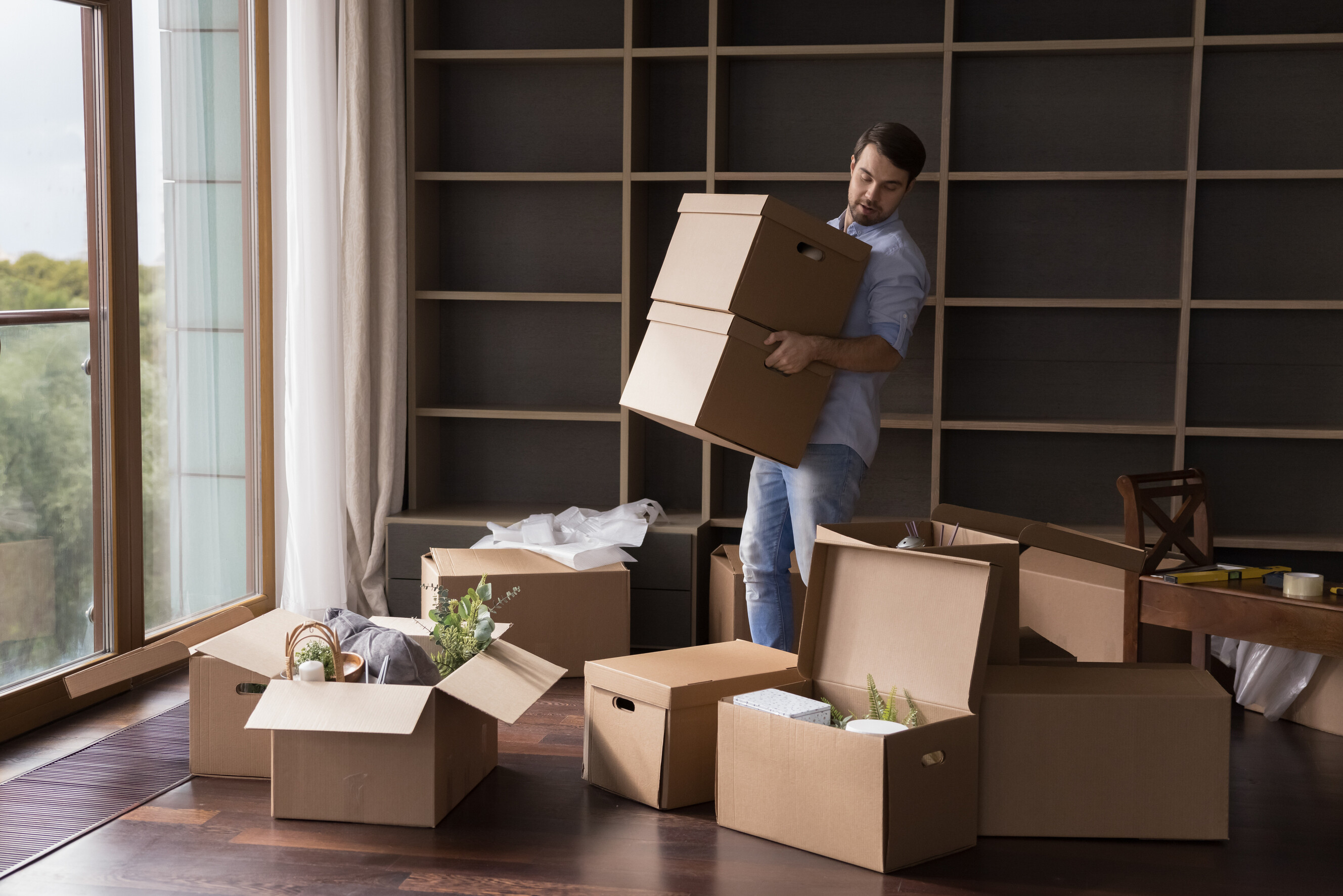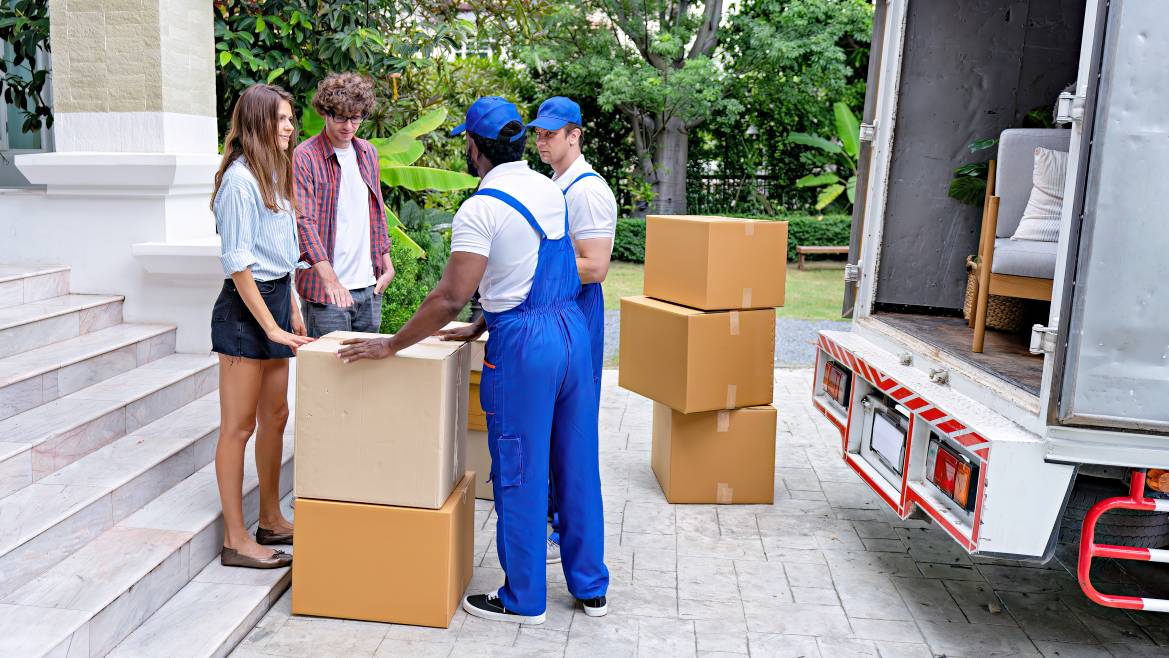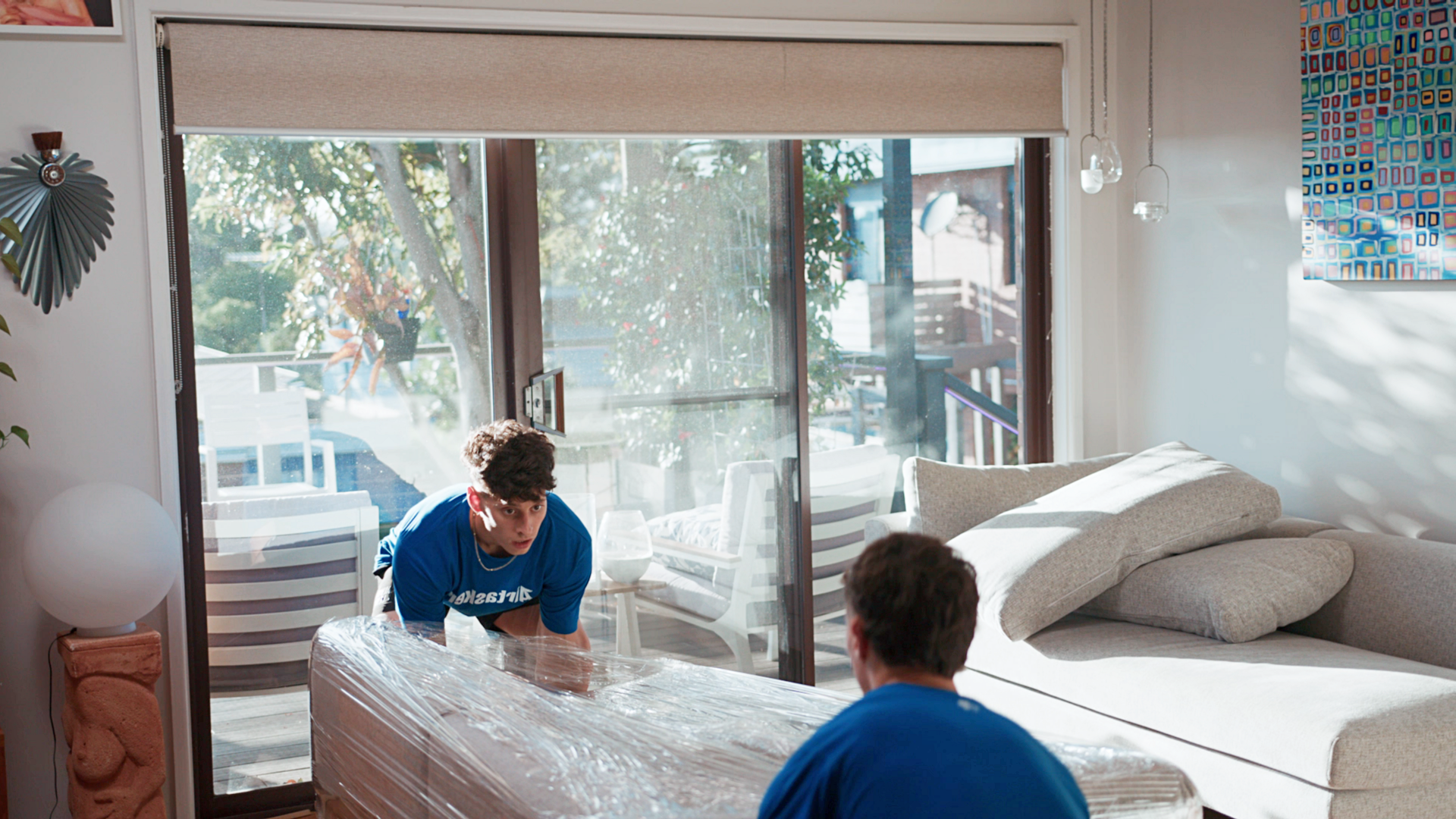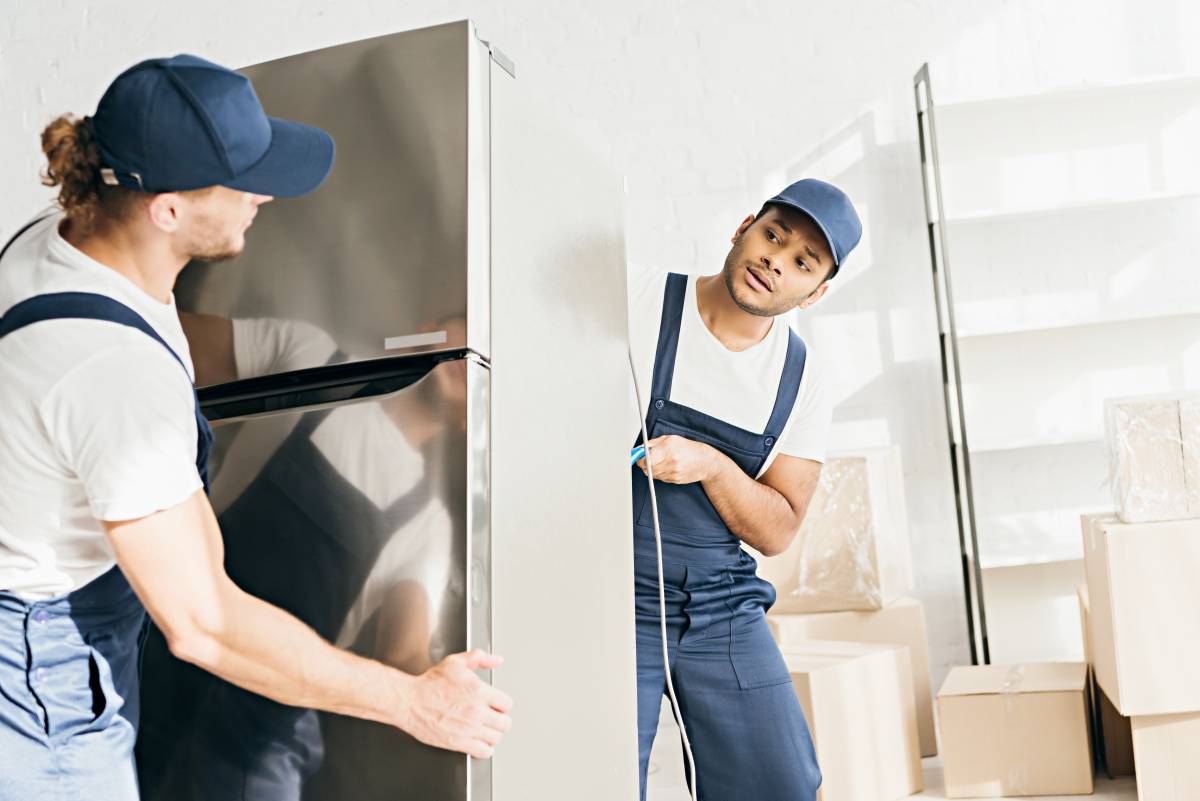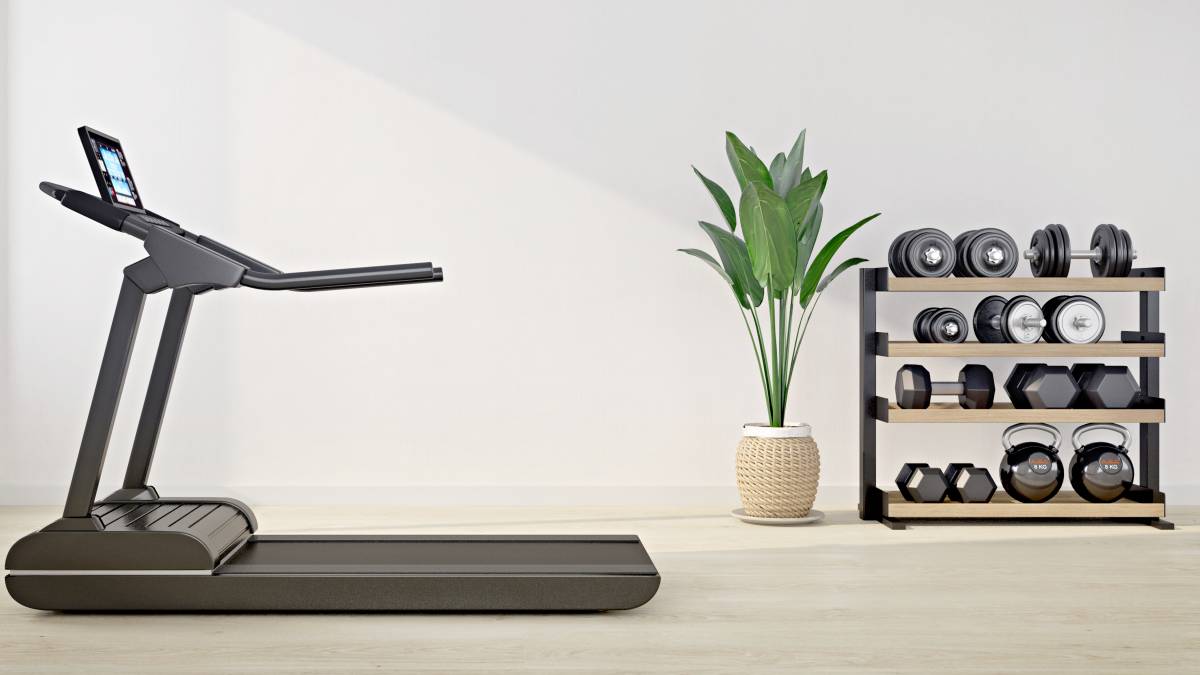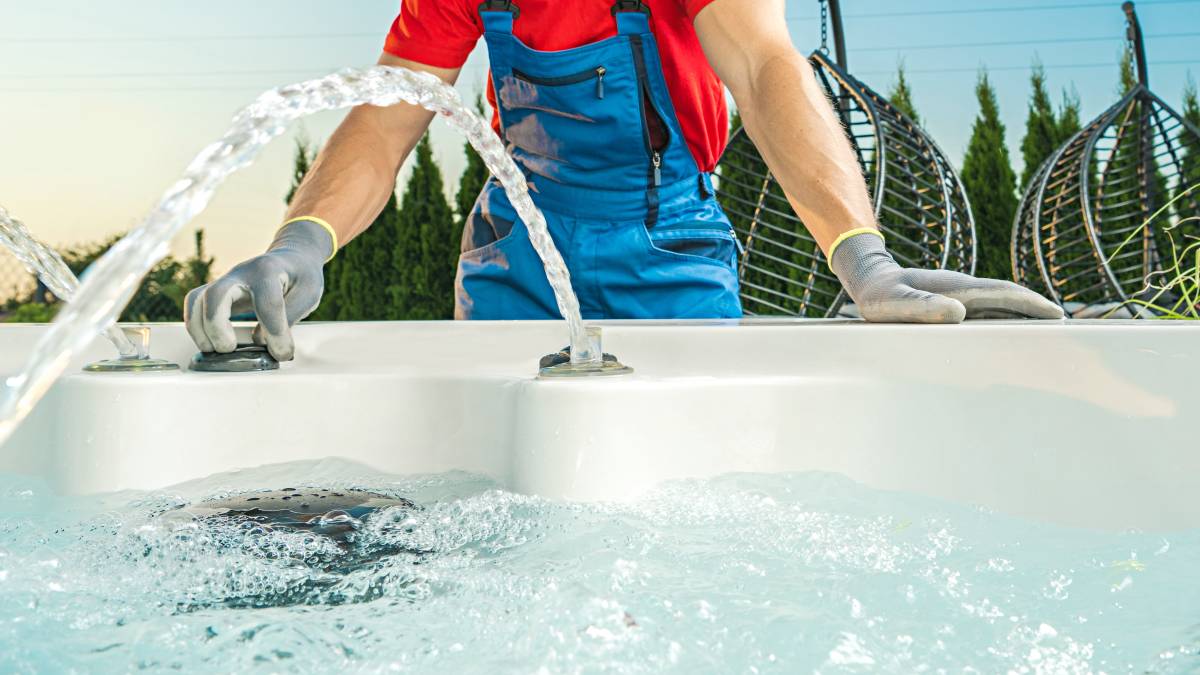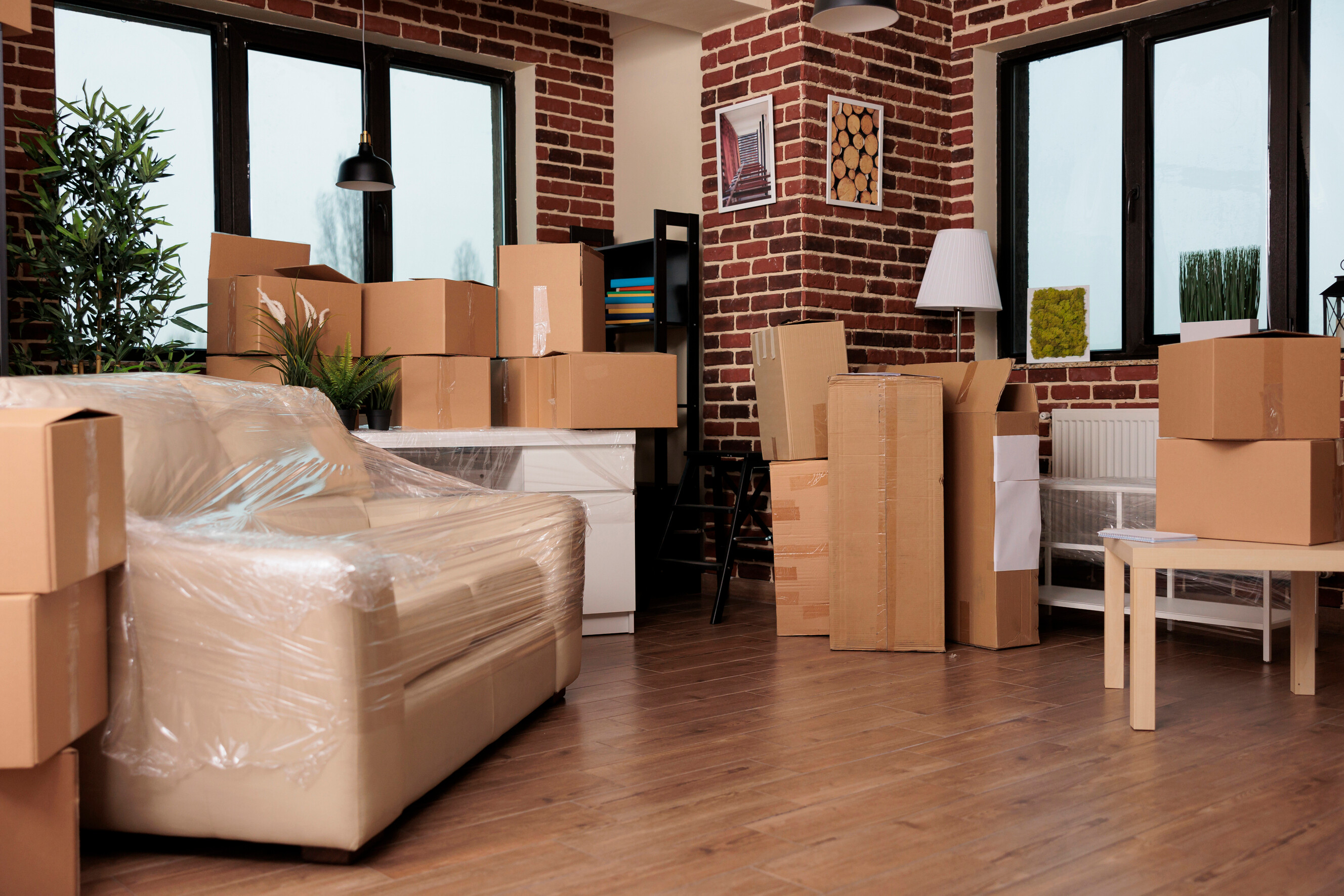
7 Last-minute moving tips for stress-free relocation
Your crash course in calm, efficient moving
Find a removalistPublished on

Written by Genine T.
Staff Writer
Read more about our contributor
Key Takeaways:
Create two survival boxes with essentials like phone chargers and basic bedding to keep in your car so you can function immediately without unpacking everything.
Pack by category instead of room to see exactly what you own, and use the one-in-one-out rule when you have multiples of similar items.
Hire professional removalists for heavy items and cleaning services to save time and energy while preventing injuries and property damage.
Dream job across the country? Unexpected lease break? Life moves fast, and sometimes, your living situation needs to catch up just as quickly. With more than 40% of Australians having moved within the last five years, last-minute moving situations are incredibly common.
Today, most relocations require two to three months of planning, giving plenty of time to research removalists, declutter properly, and pack room by room at a comfortable pace. But when you’re working with days instead of months, you need an entirely different approach.
The good news is that anyone can absolutely pull this off without losing their mind (or their bond). In this post, we’ll share seven efficient moving tips, including hour-saving shortcuts, key priorities, and strategies for relocating when time is your biggest challenge.
1. Make a quick plan
When you’re planning a move with minimal time, your first instinct might be to jump straight into packing boxes. Resist that urge. Instead, grab a piece of paper or open your phone’s notes app and spend 20 minutes creating a simple checklist of absolute essentials.
Start with the big three:
Booking removalists (or a truck hire)
Calling utility companies to arrange disconnections and connections
Deciding which category to pack first
Your checklist should also include time-sensitive items like arranging mail redirection and notifying your bank and workplace of address changes. You may also start listing any bulky or delicate items that need special attention (like packing your TV or piano safely).
2. Declutter ruthlessly
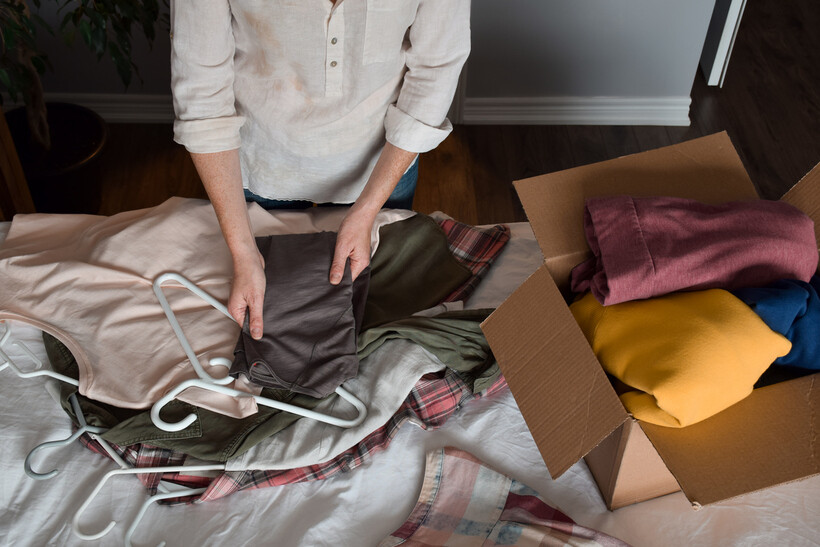 Sorting and folding clothes during a home declutter session. (Source: iStock)
Sorting and folding clothes during a home declutter session. (Source: iStock)
Learning how to pack a house quickly starts with a simple rule: the less you own, the less you pack. To have fewer items, you need to declutter efficiently by being honest about what you actually need versus what you think you might need someday.
For most rooms, you can use the four-box method: label boxes ‘keep’, ‘donate’, ‘sell’, and ‘throw away’, then sort items quickly. If everything’s going to the keep box, go through each item again and ask when you last used it. If you can’t remember the last time you did, that’s your answer right there!
For categories where you have multiples of similar items (like when packing clothes, books, or kitchen gadgets), try one-in, one-out. In this strategy, you need to keep one item and remove another from the same category. This prevents decision paralysis when you’re staring down at five similar jackets or three coffee makers.
3. Pack by category, not by room
One of the best moving hacks is to abandon the room-by-room approach and pack by category instead. This method lets you see exactly how much of each item you have and makes unpacking at your new home much more efficient.
Start with similar items from across your entire house: Gather all your towels and bedsheets, kitchen pots and pans, or decorative items in one spot before packing. To maximise your packing materials, you can also mix categories to pack them simultaneously.
For instance, you can use your towels and bedsheets as padding for plates and fragile items instead of buying bubble wrap. You can also nestle breakable ornaments or pack jewellery and trinkets inside sturdy pots. Doing this can shorten your moving supplies checklist because you’re using items you already own as protective padding, saving money and storage space in the moving truck.
4. Pack a ‘First 24 Hours’ essential box
 Preparing an essential box with hygiene supplies for moving. (Source: iStock)
Preparing an essential box with hygiene supplies for moving. (Source: iStock)
When facing a last-minute removal, it’s smart to picture your first day. What items are you going to need personally? Which items are you going to need to eat, sleep, or clean your space? For this reason, it’s recommended that you create at least two survival boxes and keep them in your car.
First, pack your personal survival box using sturdy cardboard boxes or plastic bins. This box contains your moving essentials, including:
Phone chargers and power banks
Medications and a first aid kit
Toiletries and toilet paper
Coffee, tea, and snacks
Box cutter for opening packages
Change of clothing
Important documents and IDs
Next, prepare your second box for immediate home setup needs.
Basic bedding for sleeping
A few plastic plates, cups, and utensils
Cleaning supplies and garbage bags
Basic tools for quick fixes
Towels and shower curtain
Notice how we mentioned plastic plates and cups? This prevents breakage during the move and gives you one less thing to worry about on an already stressful day.
5. Ask and hire for help
Now is not the time to prove you can handle everything solo. Moving quickly requires a team effort, so ask friends for help with specific tasks like packing clothes or disassembling large furniture. Give them clear, time-bound requests like ‘Can you help pack my books on Saturday morning?’ rather than vague offers to help.
For larger items and appliances, it’s strongly recommended to hire last-minute removalists instead. Professional movers can typically load a two-bedroom home in two to three hours, while the same job might take you and your friends an entire day. They also prevent costly injuries and damaged walls from amateur lifting attempts.
If you’re really pressed for time, check with your furniture removalists to see if they offer end-of-lease cleaning packages so you can also hand off the cleaning.
6. Sort out utilities and mail online
 Managing utilities and mail online before a move. (Source: iStock)
Managing utilities and mail online before a move. (Source: iStock)
Whether you’re moving across town or from Sydney to Melbourne, you need to sort out your ‘digital move’ to prevent service interruptions and double payments. Simply go online to schedule electricity, water, and internet connections for your new home while arranging disconnections for your old property. Energy Australia recommends that your move be at least two business days away to arrange new connections.
Aside from your utilities, set up mail redirection immediately through Australia Post to forward your mail and parcels. Update your address with banks, insurance companies, gym memberships, subscription services, and government agencies like the ATO and Centrelink.
If you can’t get online to set up mail redirection, ask your neighbours to collect any mail that arrives after you’ve moved.
7. Plan for the final clean
Leaving your old place spotless is important for getting your bond back. To avoid scrambling after same-day removalists have loaded the truck, plan your cleaning strategy early.
If the budget is tight, you can do the final cleaning yourself by scrubbing the bathroom and kitchen thoroughly, vacuuming all carpets, wiping down walls and surfaces, and cleaning inside all cupboards and drawers. However, it’s not entirely practical due to the effort it takes and the fact that you’ll need to buy cleaning supplies and paper towels.
Alternatively, you can book a professional cleaner. Experienced cleaners know exactly what landlords expect beyond fair wear and tear and can work while you handle other tasks. Need extra fixes done? Many cleaning services also offer additional fixes like filling nail holes, touching up paint, or minor repairs that can help secure your full bond.
Get moving help today
As you can see, moving at short notice doesn’t have to be a disaster. With these seven practical packing tips, you can turn your time crunch into an organised, successful relocation to your new house.
Need extra hands to make it happen? Post a task on Airtasker to hire professional removalists, cleaners, or packers in your area. Simply create a post, describe what you need, compare quotes from local moving services, and book the help that fits your budget and timeline. Who knew a smooth move was just one booking away?
Learn more about our contributors

Written by Genine T.
Staff Writer
Genine is a writer and educator with over seven years of experience. She has published peer-reviewed research papers, worked in academia, and created educational content for thousands of language learners. She discovered her passion for turning complex ideas into practical advice through writing about DIY topics like home improvement, furniture assembly, and household fixes. When she’s not writing, Genine enjoys curling up with her dogs and a good book.
FAQs on last-minute moving
Yes, it’s absolutely possible to move in two weeks. You can handle it yourself since two weeks gives you enough time to pack systematically and book a rental truck. However, if you want to move faster and with less stress, book professional removalists who can complete the job in a single day.
Most experts recommend starting packing to move at least five to eight weeks before your house move so you’ll have enough time to declutter, gather the right supplies, and pack non-essential items. If you’re doing a last-minute move, you can still pack a home in as little as a week by focusing on essentials first and hiring movers.
The kitchen is the hardest room to pack when moving. It contains the most fragile items, such as dishes and glassware that break easily, heavy appliances, and awkwardly shaped pots and pans. You’ll need plenty of protective materials like packing paper, packing tape, and sturdy moving boxes. Kitchens also contain perishable items, cleaning products, and pantry items you can’t just throw in a box.
Removalist costs in Australia range from $100 to $280 per hour, depending on your location and the size of your move. Sydney and Melbourne typically charge the highest rates, while regional areas are more affordable. Most companies have a minimum booking time of two to three hours, and prices increase for stairs, long carries, or specialty items like pianos.
Find removalists, fast
Find a removalist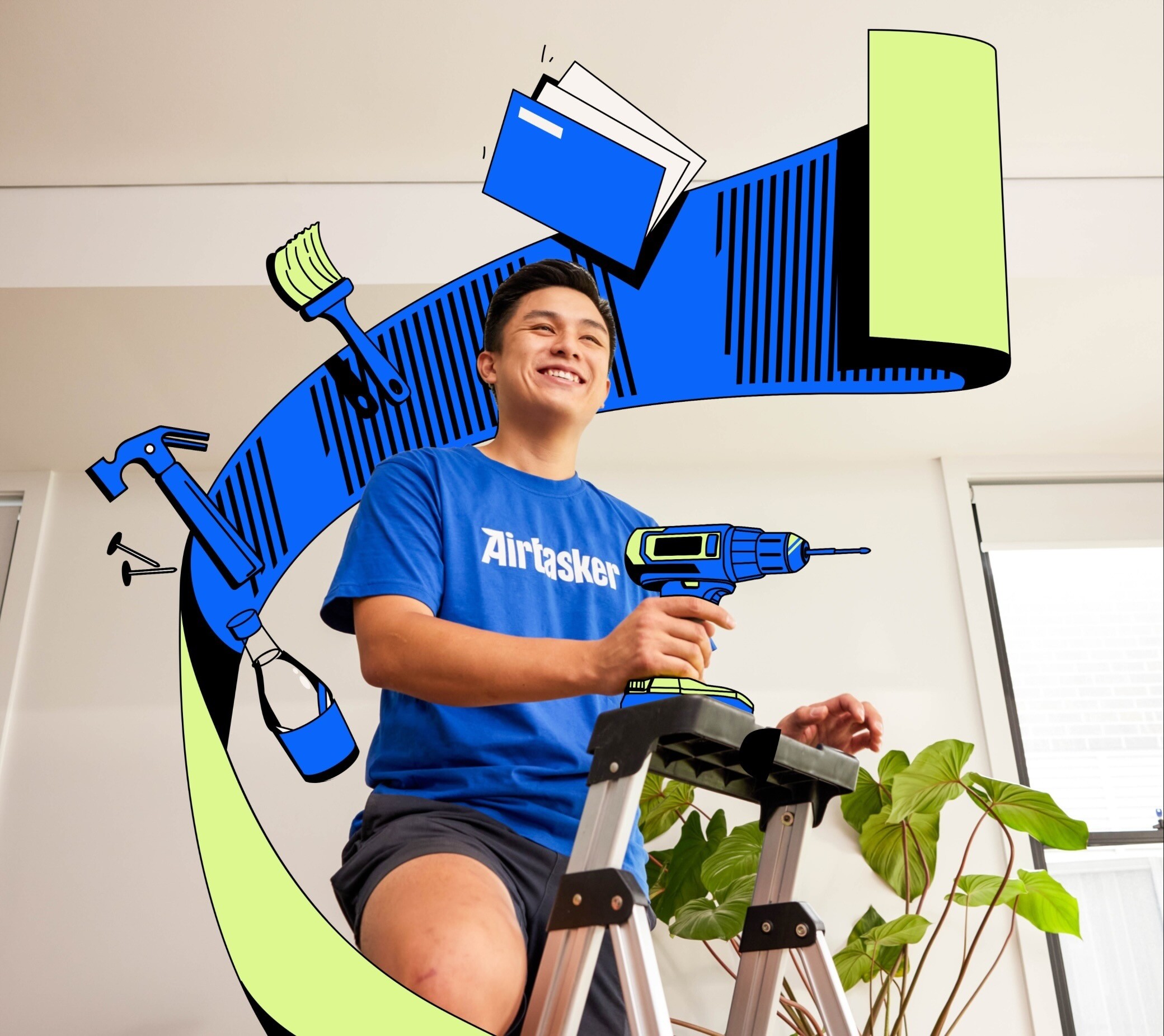
Related articles
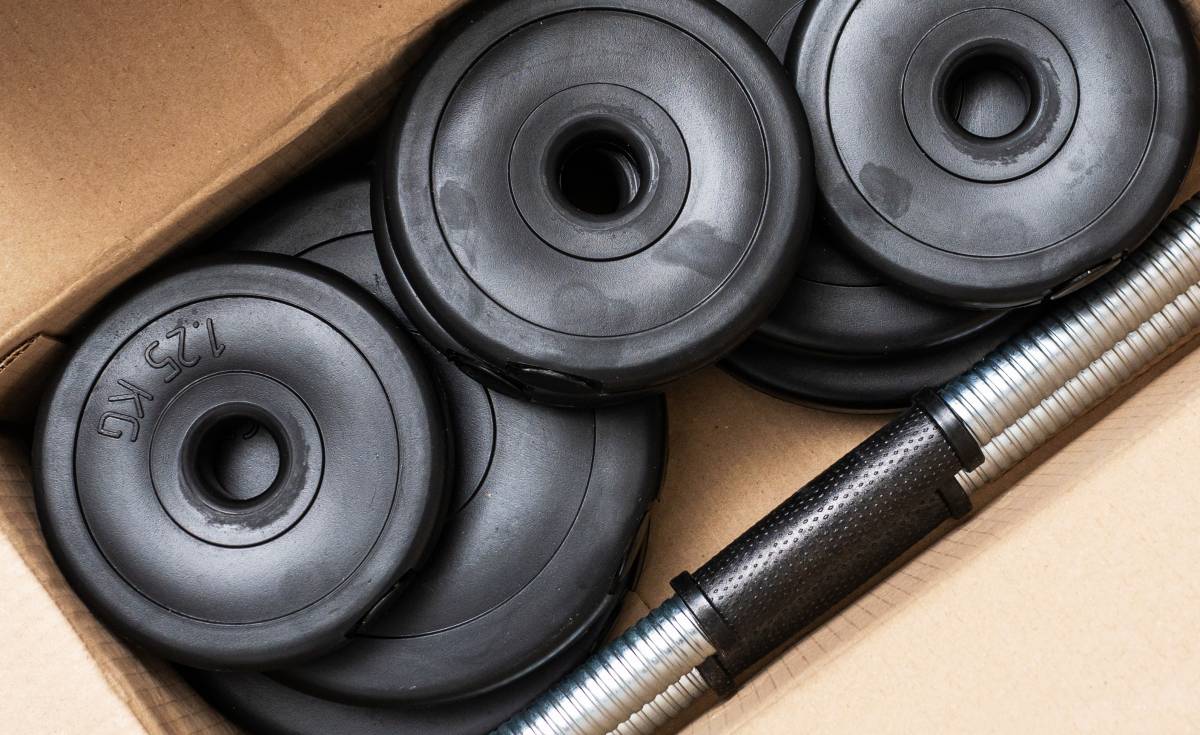
How to move gym equipment safely
Read more
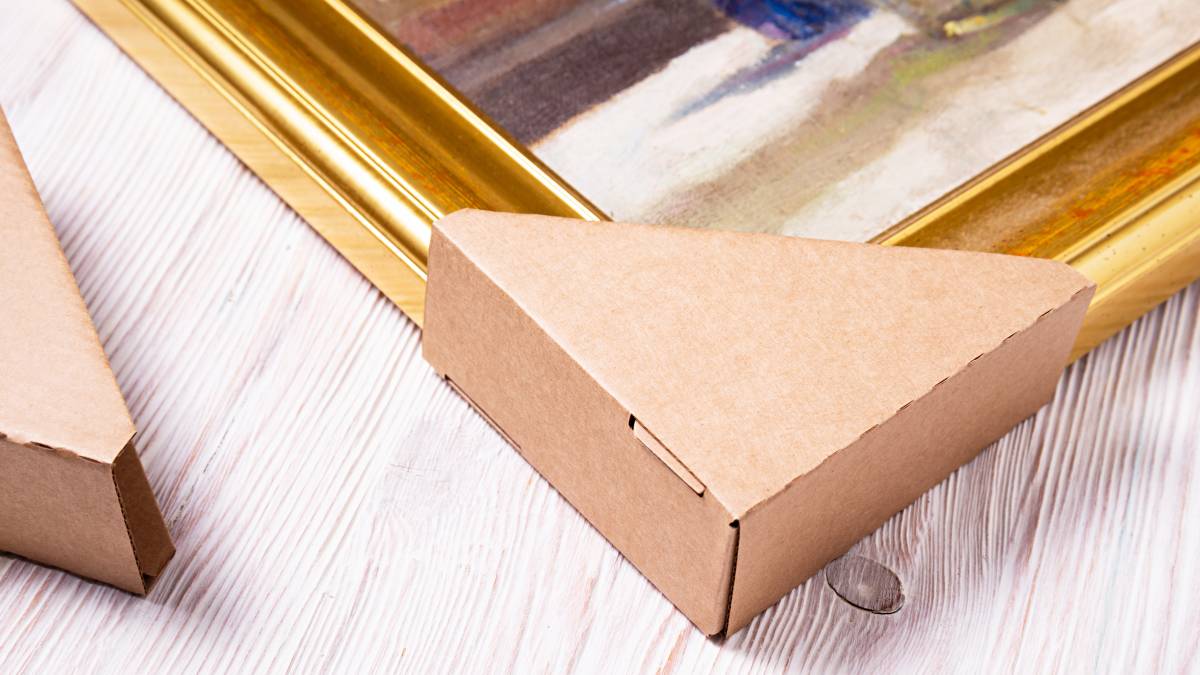
How to pack artwork for moving
Read more

Tips for moving house with kids
Read more
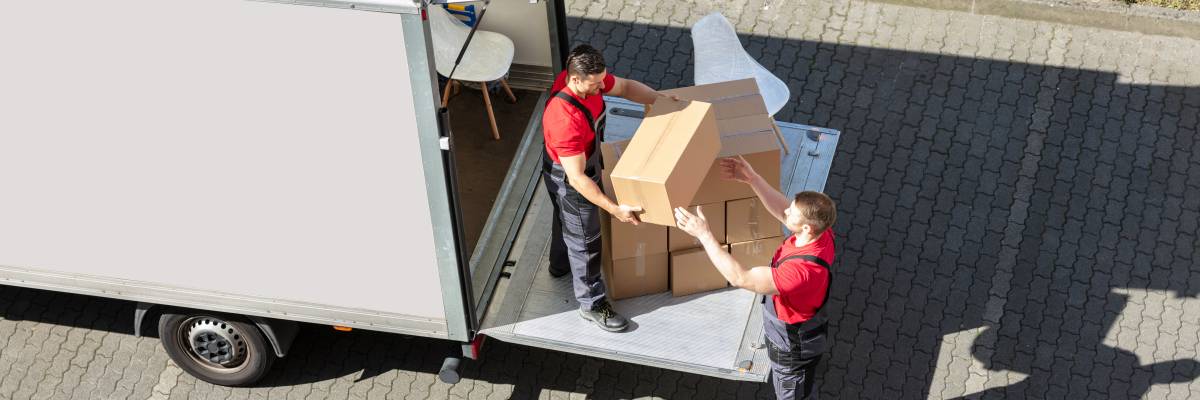
How much do removalists make?
Read more
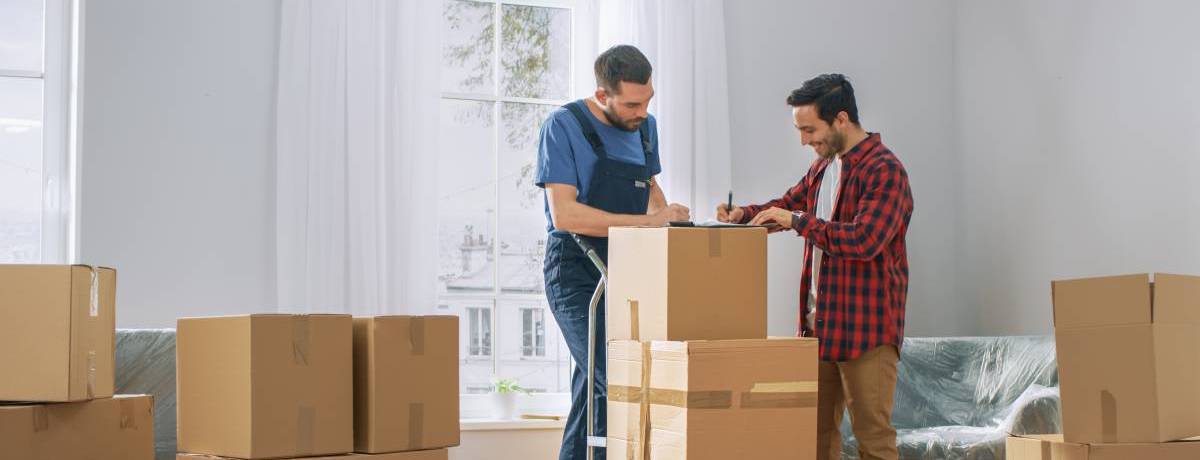
A guide to becoming a removalist
Read more

How to move a pool table
Read more
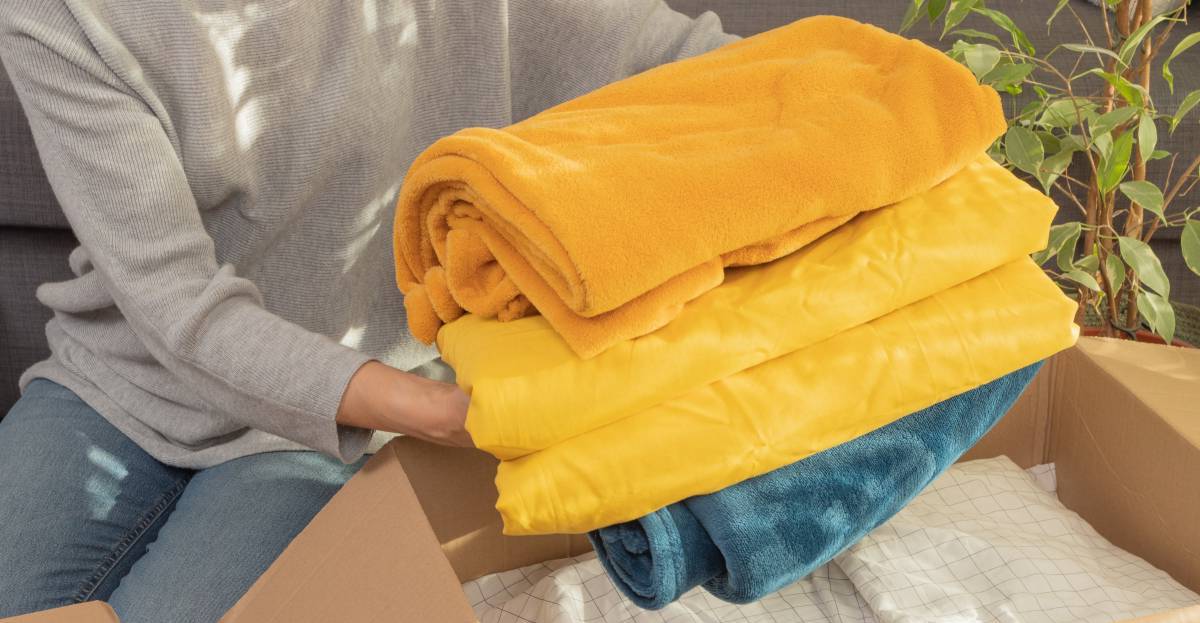
How to pack bedding for moving
Read more
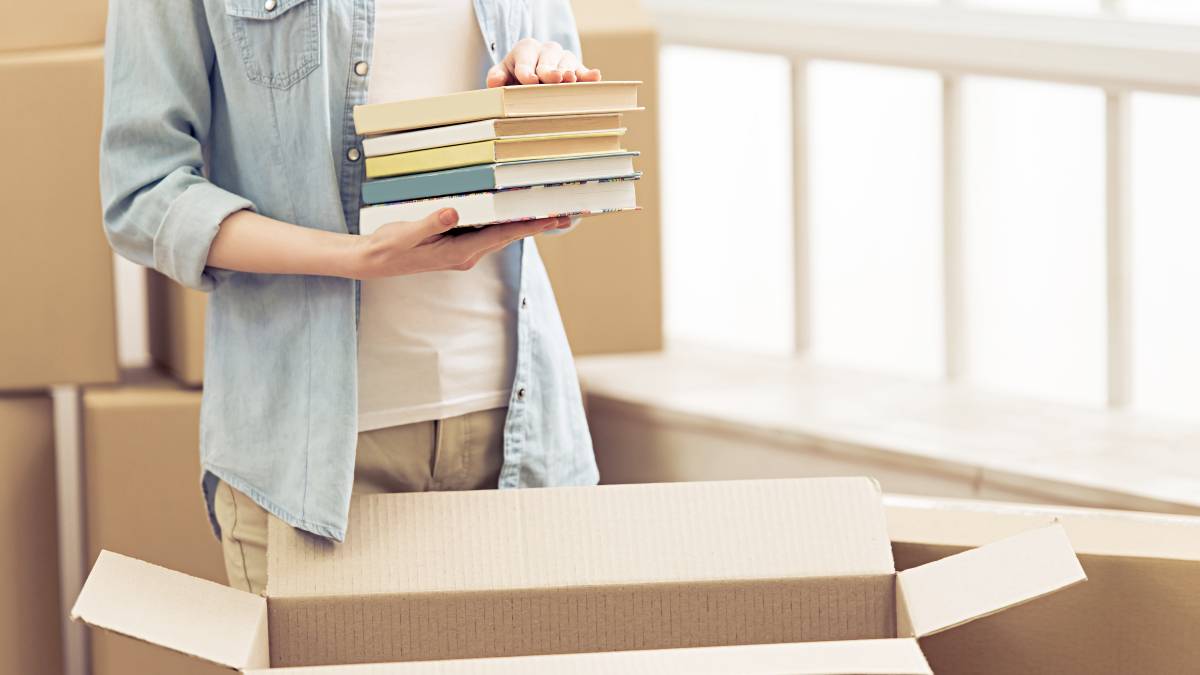
How to pack books for moving
Read more
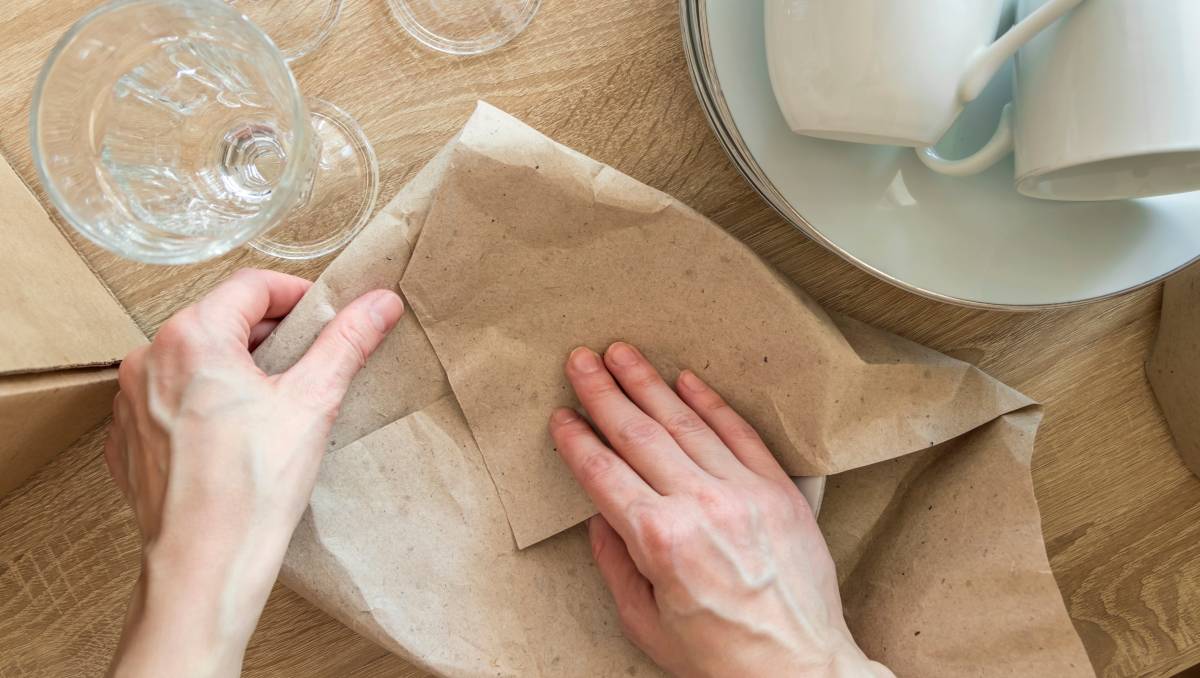
How to pack kitchen items
Read more
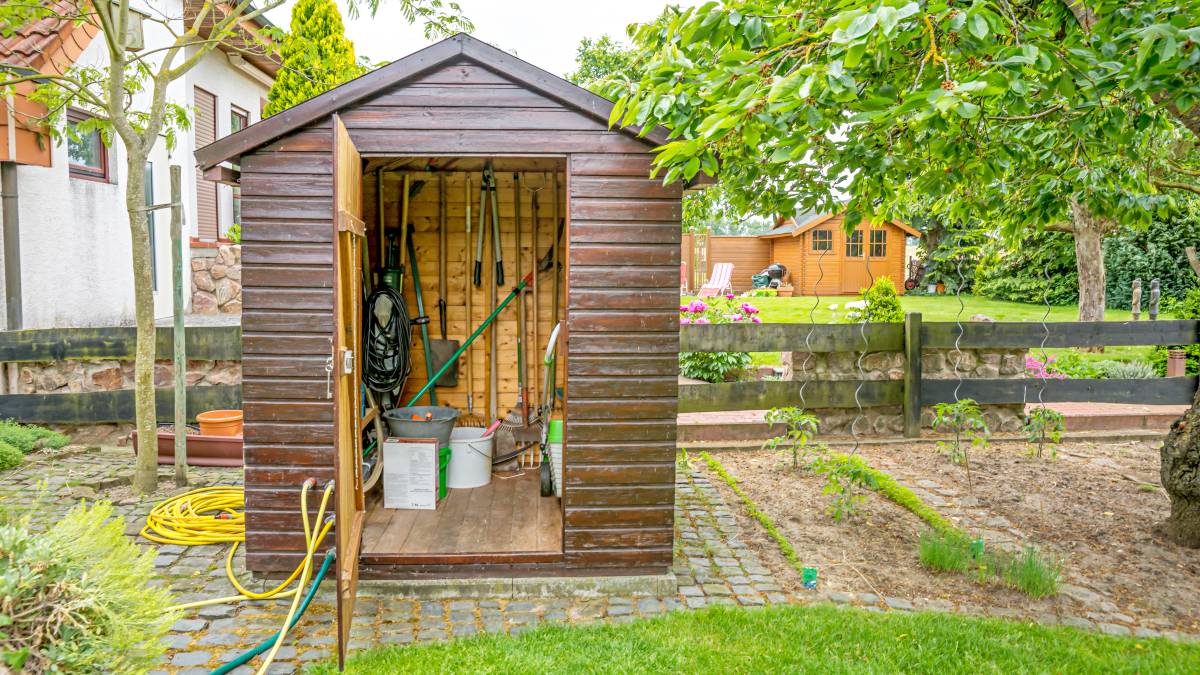
How to move a shed
Read more

How to move a pinball machine
Read more
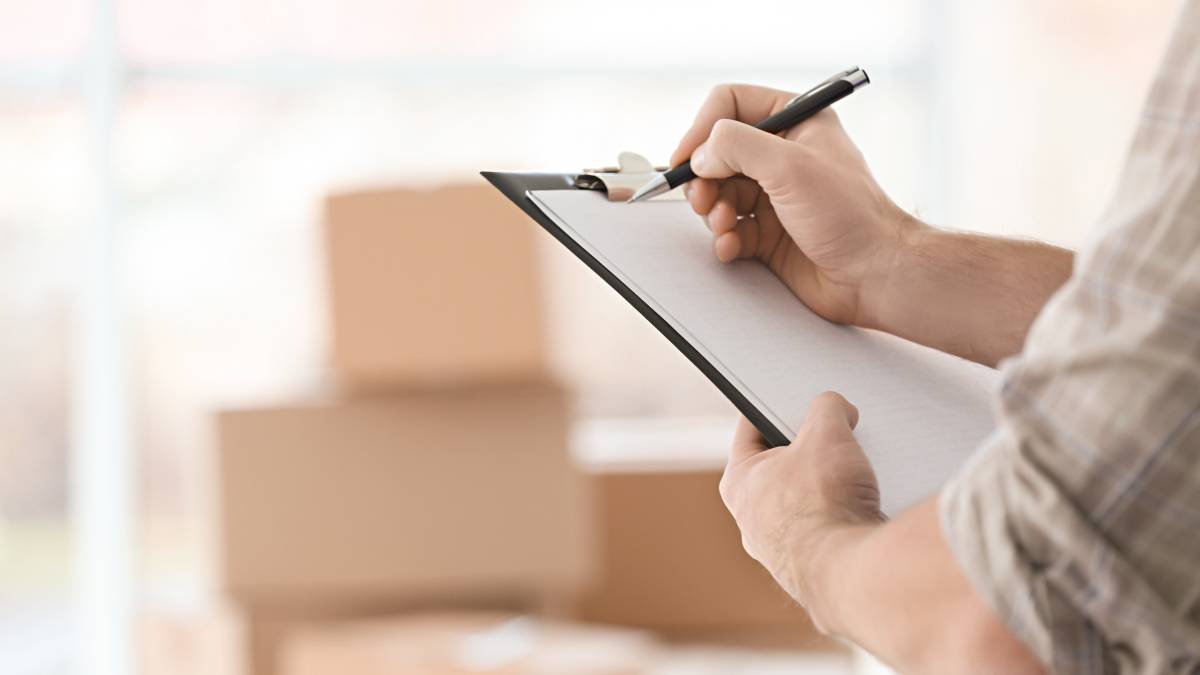
What removalists won’t move
Read more
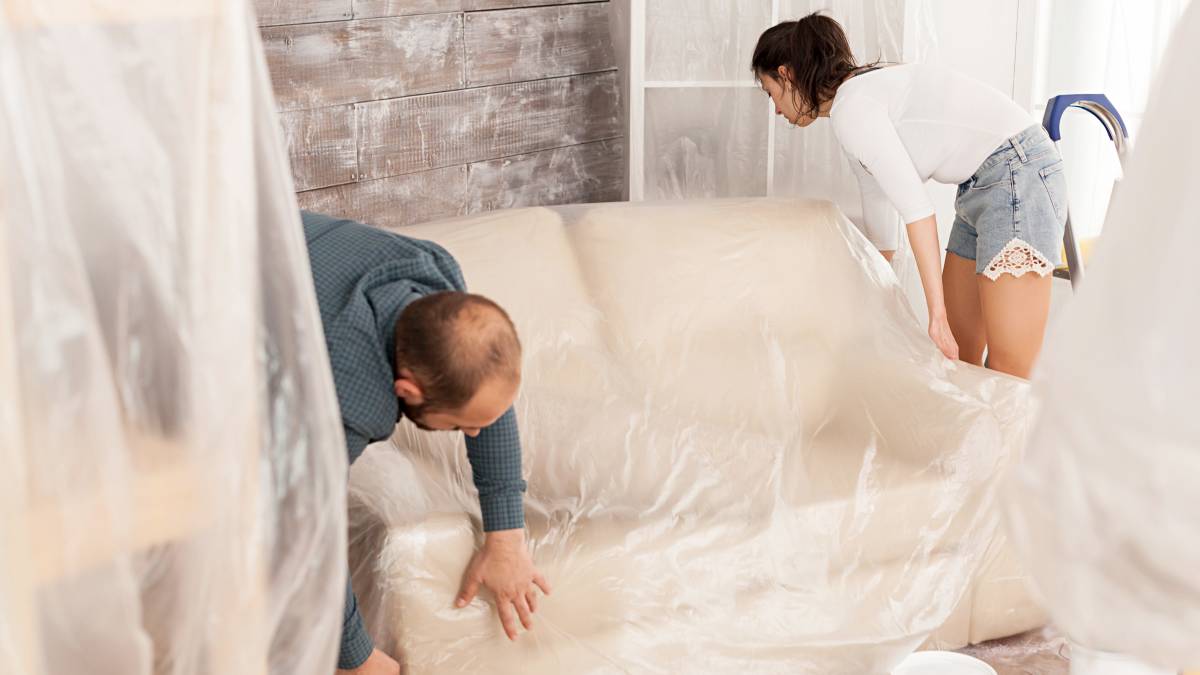
How to wrap furniture for moving
Read more

Moving interstate checklist
Read more
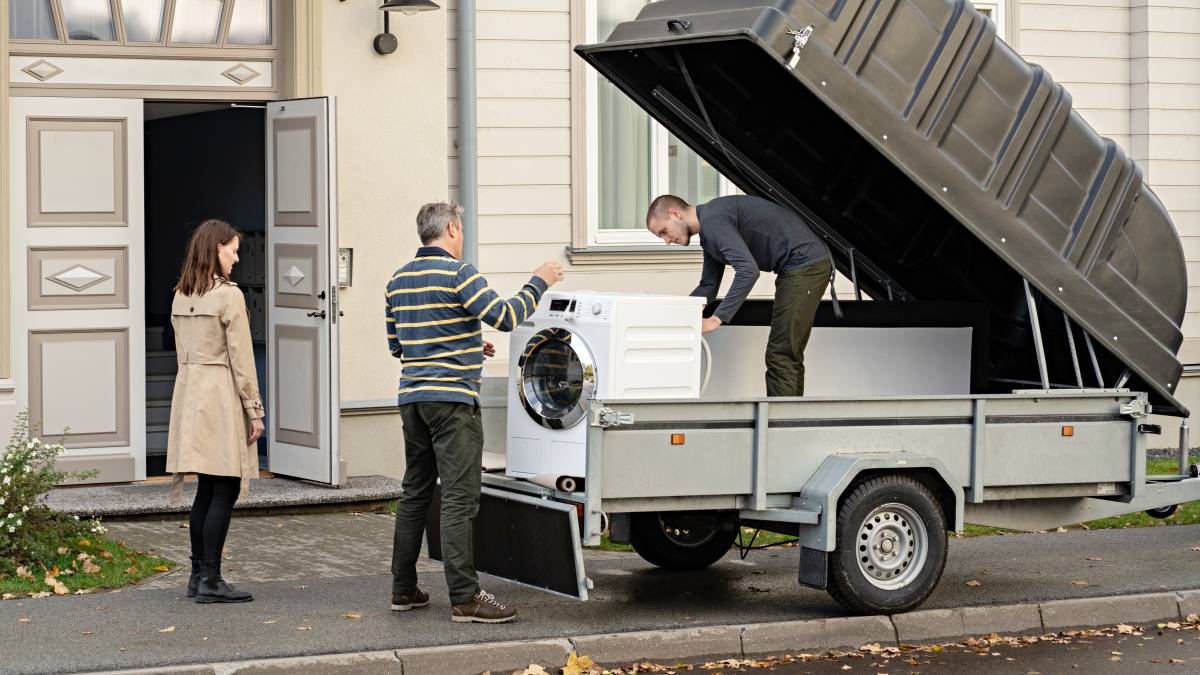
How to move a washing machine
Read more
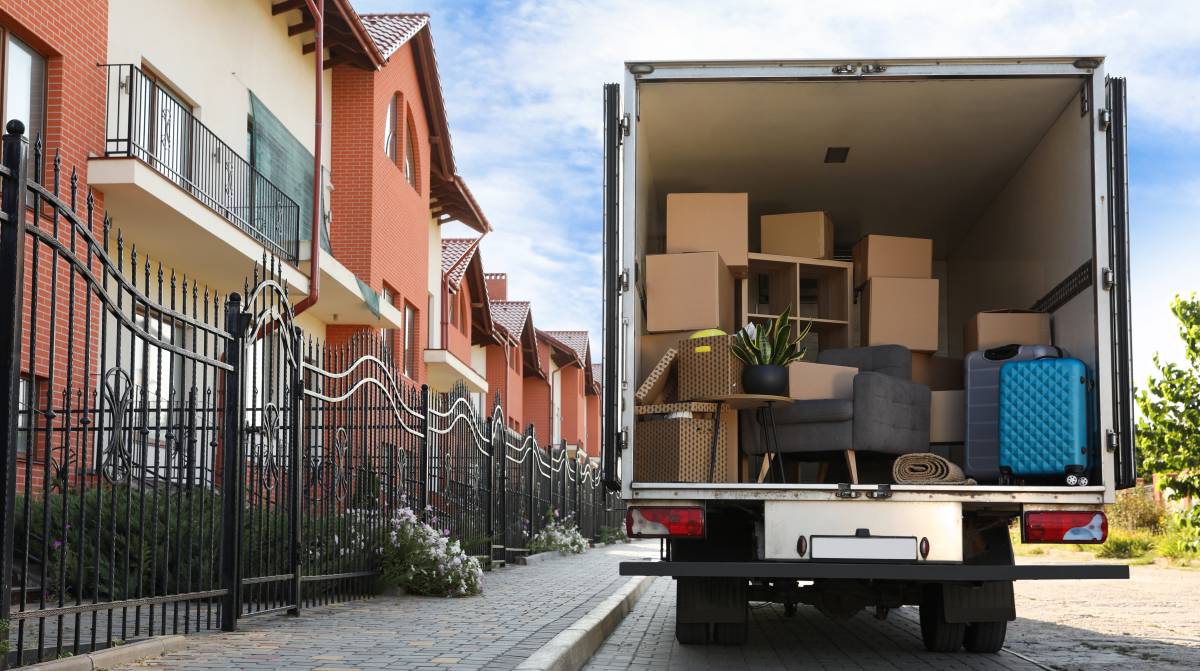
How to pack a moving truck
Read more
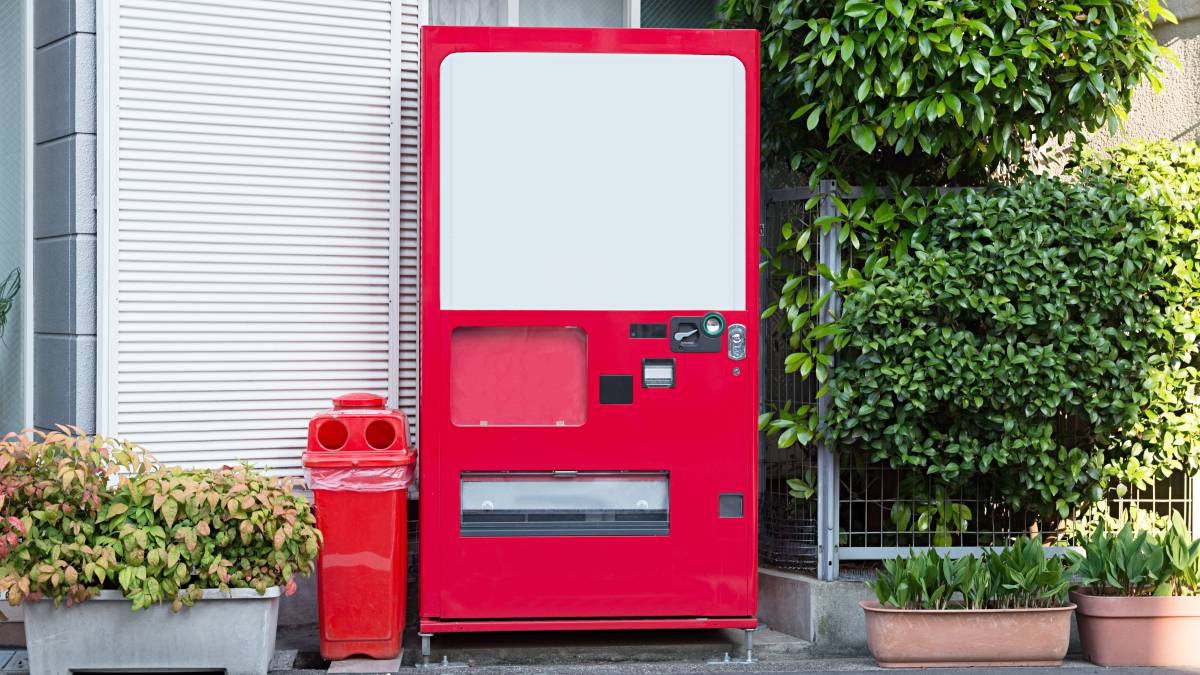
How to move a vending machine
Read more
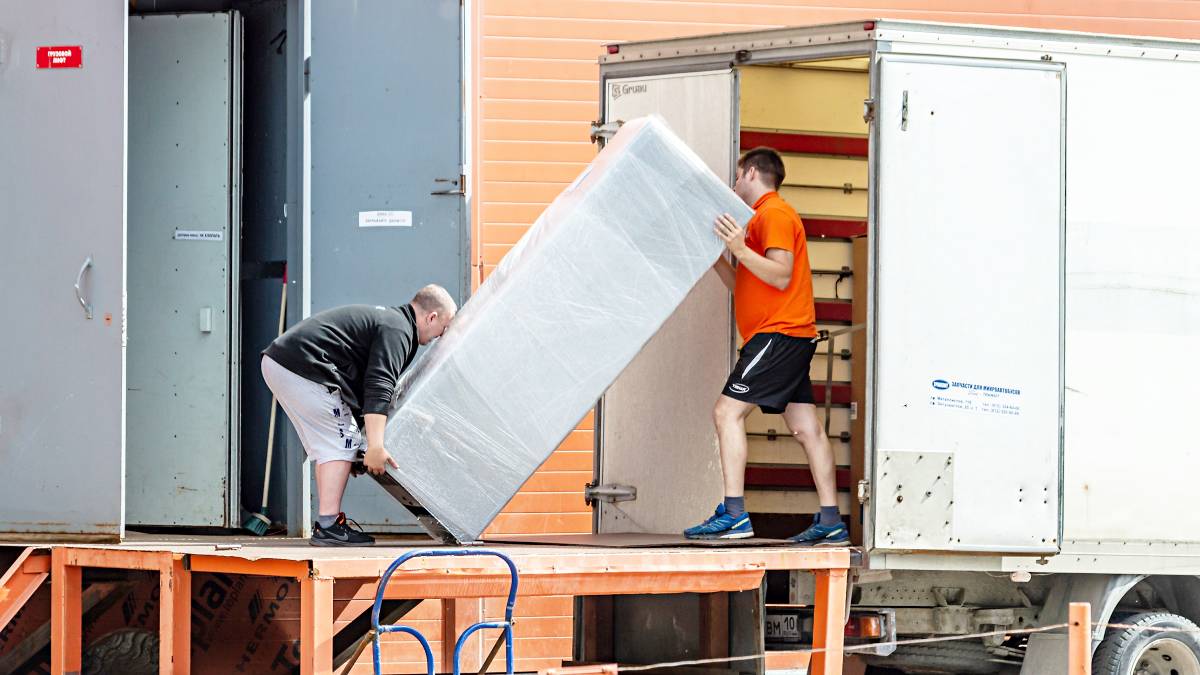
Moving a fridge: How to do it right
Read more
Related price guides
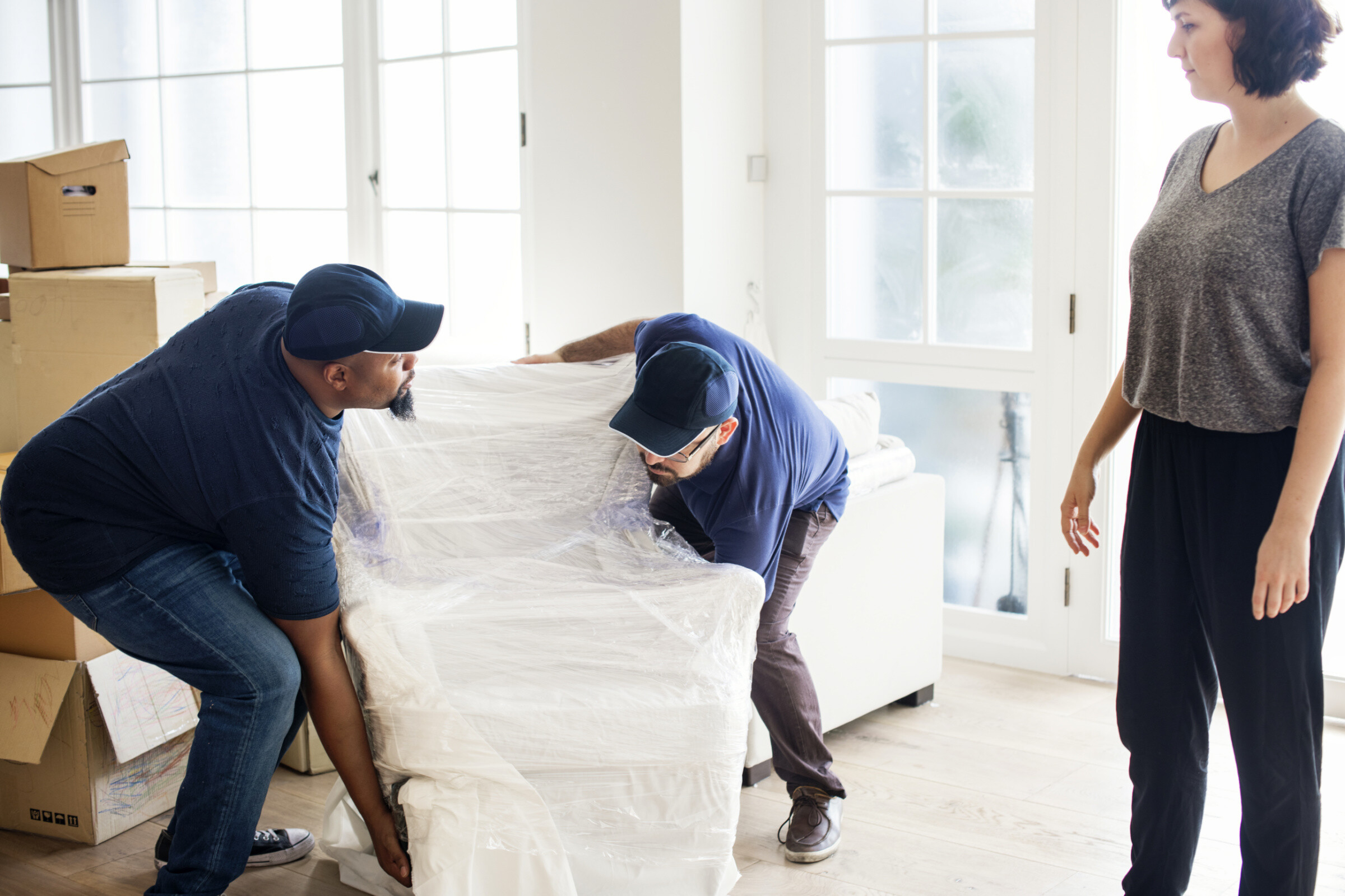
How much does it cost to move house?
Read more
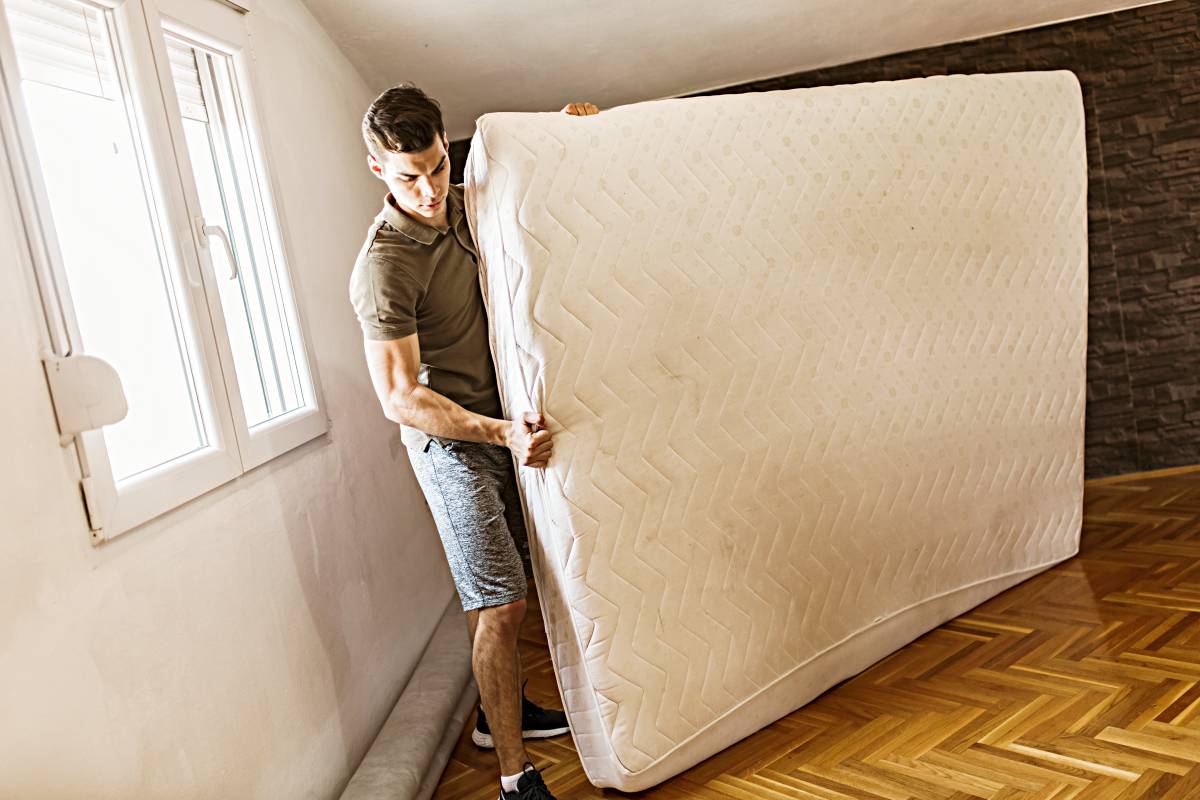
How much does mattress removal cost?
Read more
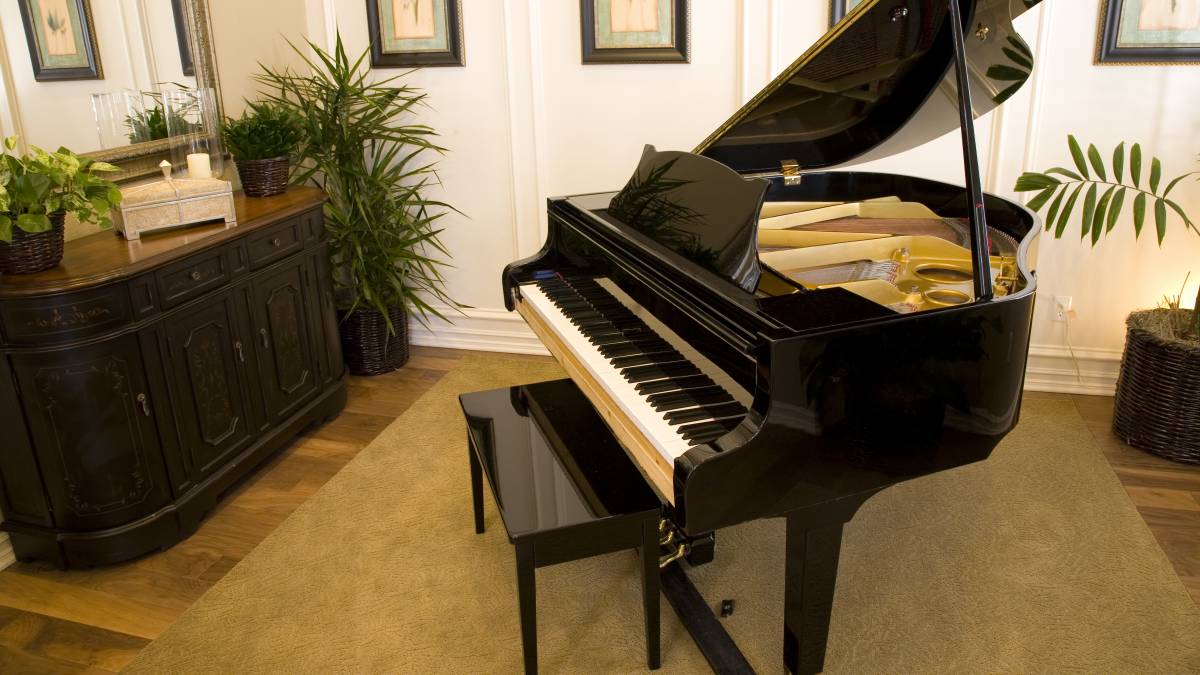
How much does piano moving cost?
Read more
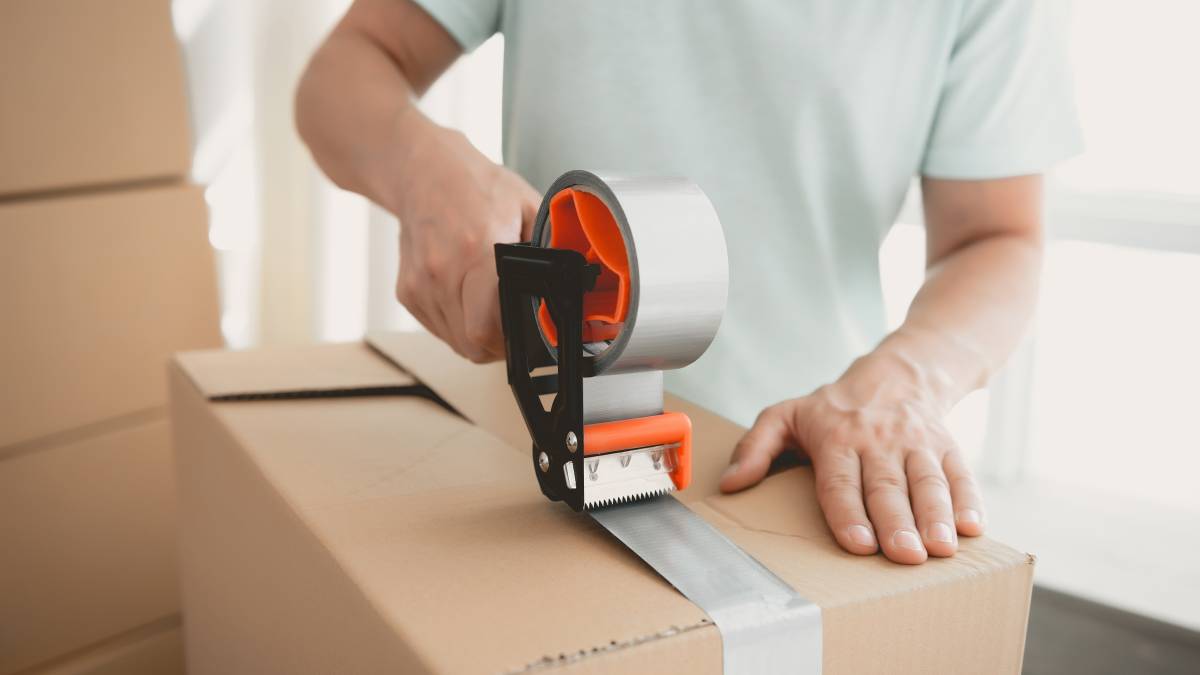
How much do packers cost?
Read more
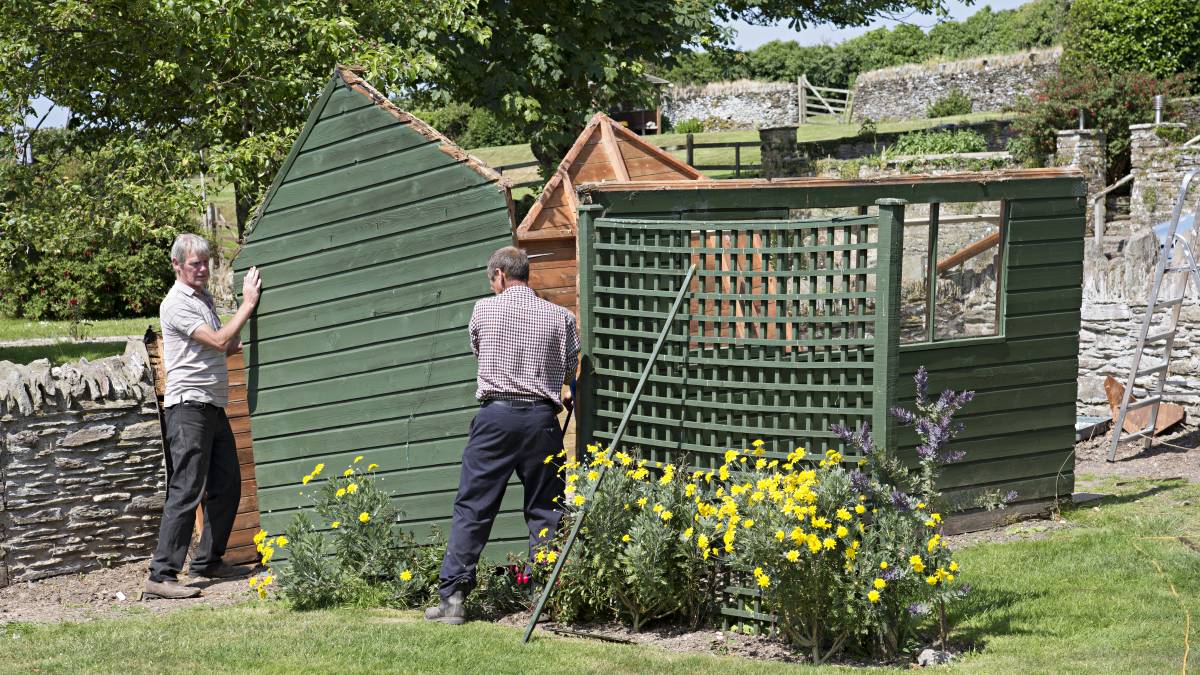
How much does shed removal cost?
Read more
